Media | Articles
VW’s new, button-free EV, Buick’s all-new SUV, millionth Mini Hard Top
VW’s newest EV ditches switches
Intake: Do Americans still want sedans? Volkswagen hopes so, as it has finally taken the wraps off the new ID.7, the company’s flagship electric sedan. Designed for long distances, VW says, the available 86-kWh battery should have a range of 435 miles, while the smaller, 77-kWh battery’s range is 382 miles on the European cycle (EPA ratings will be moderately lower than those figures). Horsepower with either battery is 282. The ID.7 has the “new generation of the Volkswagen cockpit” with standard “augmented reality heads-up display”; this changes the “cockpit architecture because classic instruments become practically superfluous.” New seats have climate control and massaging functions, and the new air conditioning system boasts interactive smart air vents. The ID.7 makes “long journeys shorter thanks to the extremely generous interior space and a fast and intuitive next-generation infotainment system,” including a Harman Kardon stereo. Above the passengers, a new panoramic sunroof with smart electro-chromic dimming glass is standard for the U.S.—the glass layers can be switched to an opaque or transparent setting.
Exhaust: The ID.7’s overall length is 195.3 inches, and its wheelbase is 116.8 inches. We especially like the “intuitive” voice control: Say “Hello Volkswagen, my hands are cold,” and the steering wheel will heat itself while warm air is directed onto your hands. The ID.7, described by VW as a “fastback sedan,” comes to America in 2024, and will be built in the Emden plant in Germany. Pricing information to follow. —Steven Cole Smith
Buick’s all-new Envista wears brand’s new look
Intake: Well, well, well, look at Buick getting a little frisky. The marque just unveiled the Envista, a brand-new nameplate on an SUV with athletic proportions. It’s the first SUV to fully incorporate the new styling language previewed by the Wildcat EV concept, which debuted last year. A wide grille sits low on a forward-leaning front end, flanked by stylish intakes and sleek headlamps. The roofline drops dramatically at the rear, giving the crossover a profile that Buick hopes will attract some of the buyers transitioning away from sedans. Inside, the central infotainment system and digital instrument cluster are housed in a 19-inch assembly spanning a good chunk of the front dash. The Envista will get noise-canceling tech for the interior and, despite the coupe-like roofline, will still offer 20.7 cubic feet of space behind the rear seat and 42 cubic feet with the rear seats folded down.
Power comes from a 1.2-liter, turbocharged three-cylinder good for 136 hp and 162 lb-ft of torque delivered exclusively to the front wheels. Three trims will be offered: Preferred, $23,495; Sport Touring, $25,195; and Avenir, $29,695 (all prices exclude destination).
Exhaust: While other automakers roll out spendy EVs that hope to land a portion of monied buyers in the future, the smaller, gas-burning Envista shows that Buick is clearly prioritizing market share. The package looks handsome enough to make some ripples in the highly competitive world of small SUVs. — Nathan Petroelje
Marketplace
Buy and sell classics with confidence
Mini marks one million Hard Tops
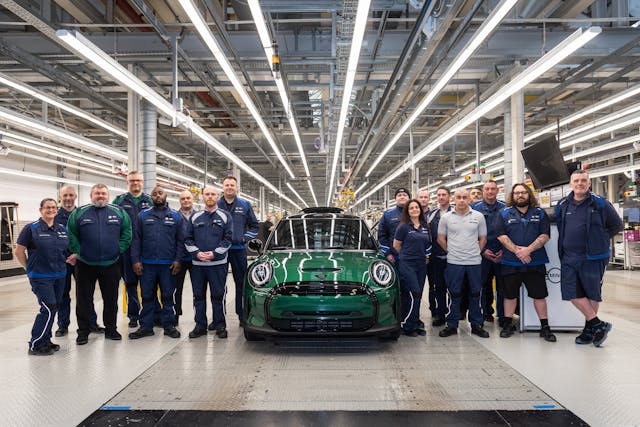
Intake: Ten years after the model’s introduction, the one millionth Mini Hard Top two-door has rolled off the production line at the British company’s Oxford factory. It’s actually a double celebration: The plant is heralding 110 years since it first began producing Morris motorcars, although it’s only built Minis since the brand’s 2001 re-issue. The millionth Mini is a British Racing Green Mini Electric and will go to a lucky owner in Canada.
Exhaust: It’s not long before Mini begins the switch to an all-electric range, so this is a significant milestone in the brand’s history. The next Mini Hard Tops will all be EVs, as will the Countryman and the Aceman, the latter of which will replace the Clubman. The next generation will also see Minis made outside the U.K. (in Germany) for the first time since the brand’s British Leyland days, when licenses were granted to build the little cars in Italy, India, Australia, New Zealand, South Africa, and Thailand. —Nik Berg
Do loud pipes really save lives? New research says no
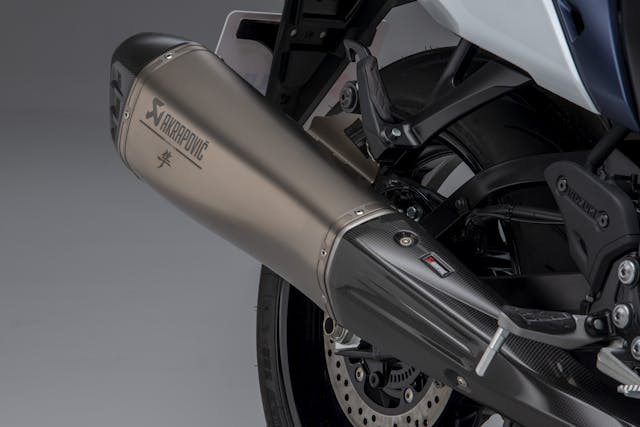
Intake: The widely held belief among bikers that noisy exhausts are a safety feature has been disproven by researchers in Romania and the Netherlands. A study by the Association for the Development of Motorcycling in Romania, along with the Department of Road Vehicles at the Polytechnic University of Bucharest, and Netherlands-based specialists Enviro Consult, concluded that even the loudest pipes can’t be heard in modern cars. The scientists measured the sound heard inside a car with the windows up, the engine running, and the radio playing at a level low enough for easy conversation. Outside the car six different motorcycles revved their engines to the redline producing sound levels between 80 dBA and 110 dBA. The bikes were positioned at distances of 50 feet and 33 feet behind the car, then with the bikes’ front wheel next to the car’s rear wheel, and finally 13 feet in front of the car. Even at their very closest researchers said the bikes could only just be heard and concluded, “unfortunately, it is too late to be safe.” At anything beyond 33-foot distance, the driver of the car couldn’t hear the bikes at all. “We consider that noise is not a warning for the car driver,” added the researchers. “It can even be considered a danger because you will not have time to adapt to the new reaction of the driver.”
Exhaust: Riders take note: You need to be seen, as it seems like you won’t be heard, even if you have the most awesome-sounding Akrapovič exhaust on your bike. The soundproofing of modern cars has reached a level where drivers are completely cocooned from the outside world, which might be great for driver’s relaxation, but not so good for fellow road users. — Nik Berg
Are EVs too heavy for old parking garages?
Intake: Automotive News has a story out of England that cites a report from the British Parking Association that says heavier electric vehicles may be too heavy for older “car parks.” “Many multi-story garages across the United Kingdom were built in the 1960s and ’70s and could be too weak to bear the added weight that EVs have,” according to the report. Battery packs weighing thousands of pounds can make EVs significantly heavier than gasoline-powered vehicles, especially the small cars that have long been commonplace in the U.K. How this translates to the U.S. remains to be seen, but we have plenty of parking garages that are showing their age, though older ones were likely built to hold heavy 1960s American “lead sleds.”
Exhaust: The story points out that a Tesla Model S weighs nearly 5000 pounds, while a GMC Hummer EV pickup tops 9000. “For comparison, a 1970 Ford Escort weighed less than 2000 pounds.” Said structural engineer Chris Whapples: “I don’t want to be too alarmist, but there definitely is the potential for some of the early car parks in poor condition to collapse. Operators need to be aware of electric vehicle weights, and get their car parks assessed from a strength point of view, and decide if they need to limit weight.” — SCS
More VinFast electrics en route to the U.S.
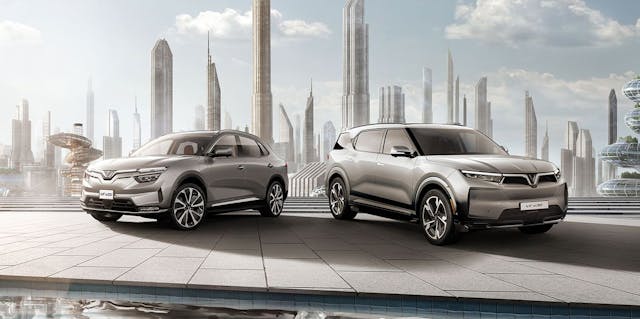
Intake: Vietnam’s vehicle maker VinFast said on Monday it had shipped a second, 1879-vehicle batch of longer-range VF 8 sport utilities to North America, says Reuters. VinFast, backed by Vietnam’s largest conglomerate, Vingroup, which is controlled by Vietnam’s wealthiest citizen, dispatched a shipment of 999 of its VF 8 SUVs to California from Vietnam in November but needed until March to prepare them for delivery to customers after disclosing the car would have a lower battery range than the manufacturer had originally claimed.
Exhaust: After a 20-day sea journey, 1098 of the cars from the new batch will land in California, while the remainder will go to Canada. Deliveries will start in May for the U.S. market and in June for customers in Canada. Currently, VinFast is offering a revolving price of $399 for the VF 8 City Edition model for a 24-month lease. —SCS
***
Check out the Hagerty Media homepage so you don’t miss a single story, or better yet, bookmark it. To get our best stories delivered right to your inbox, subscribe to our newsletters.
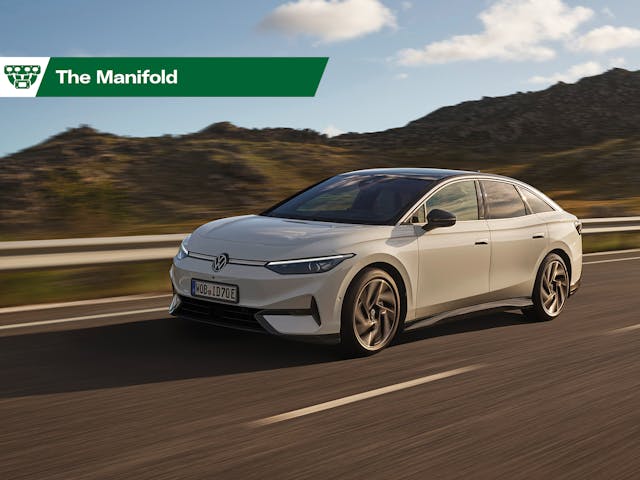
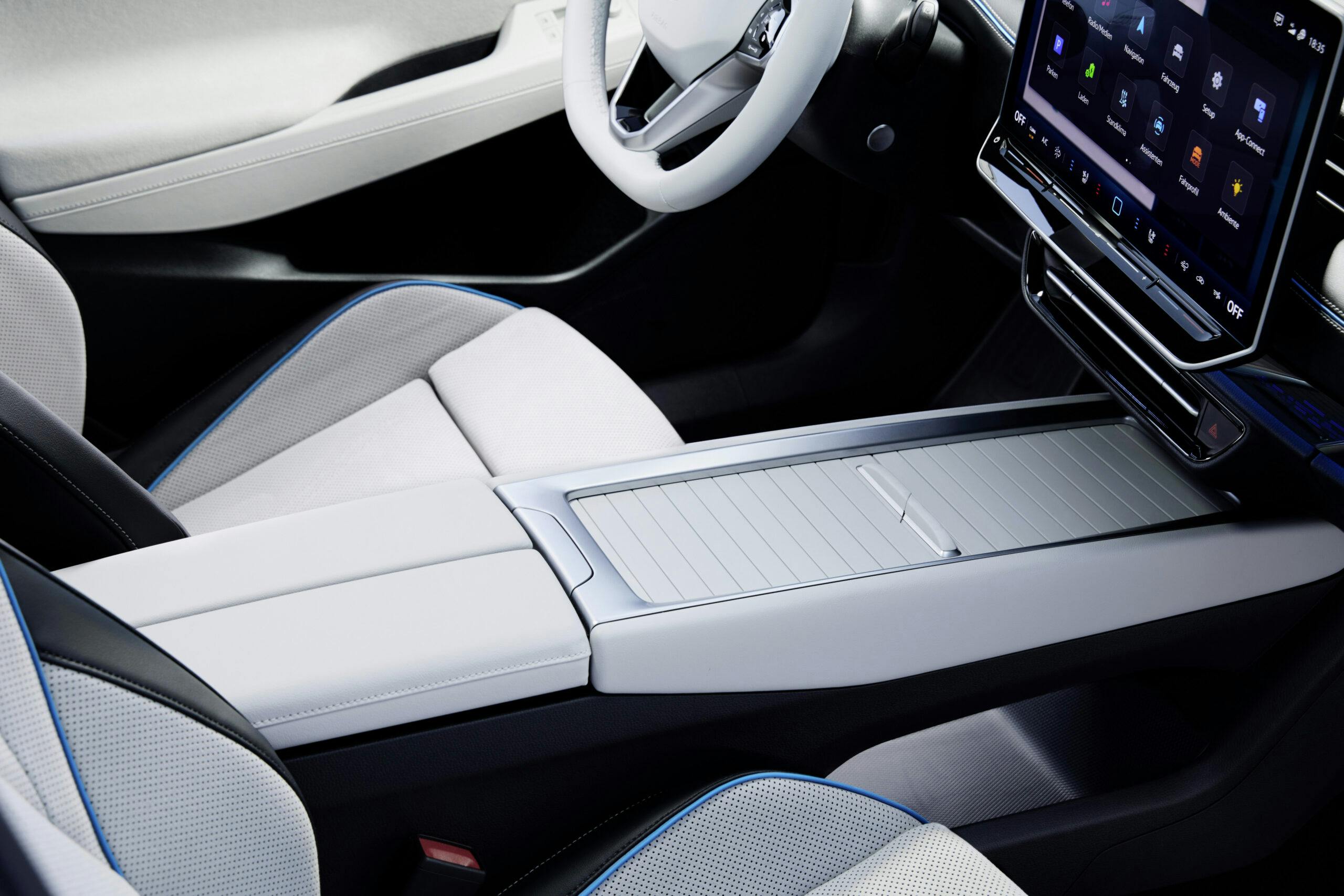
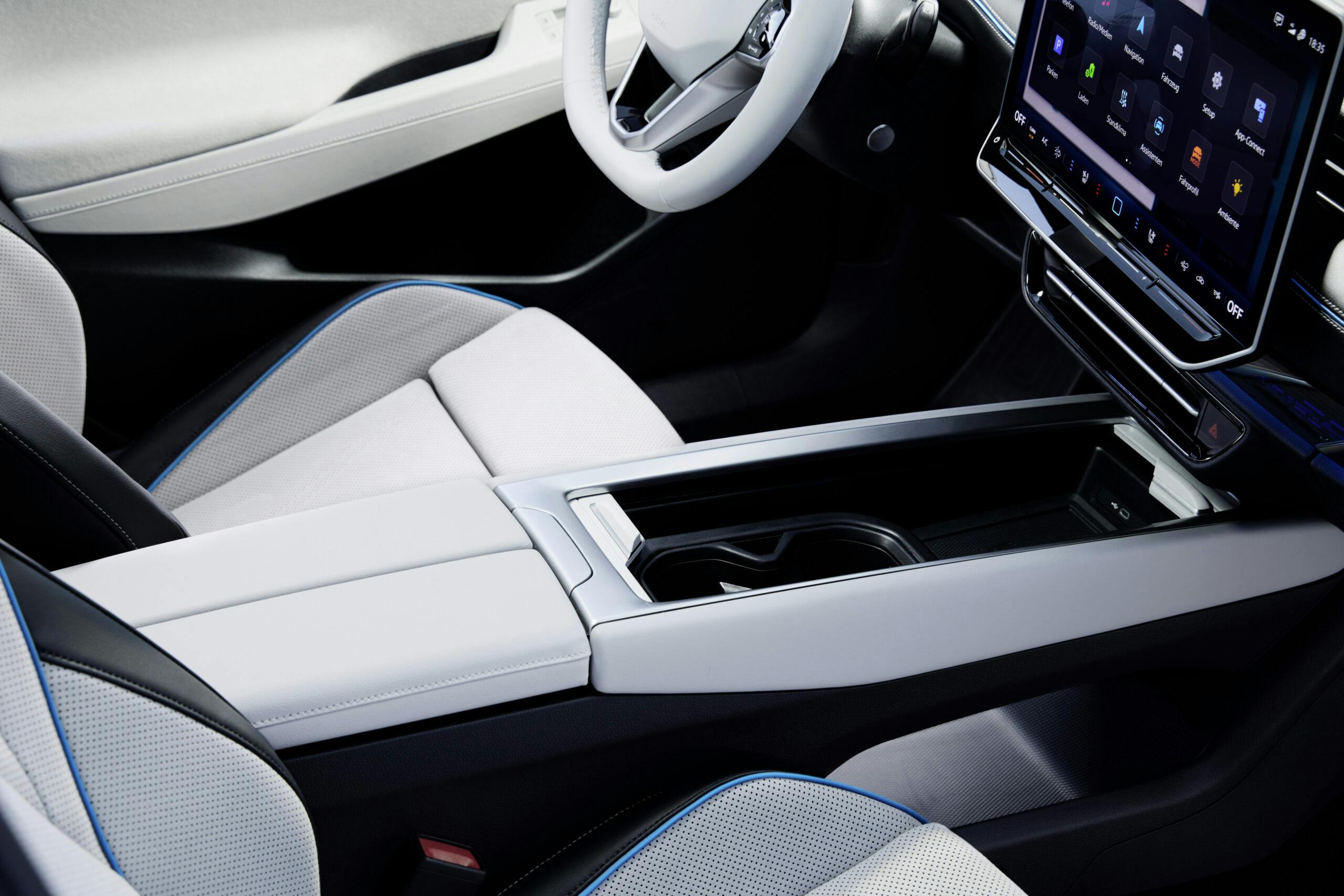

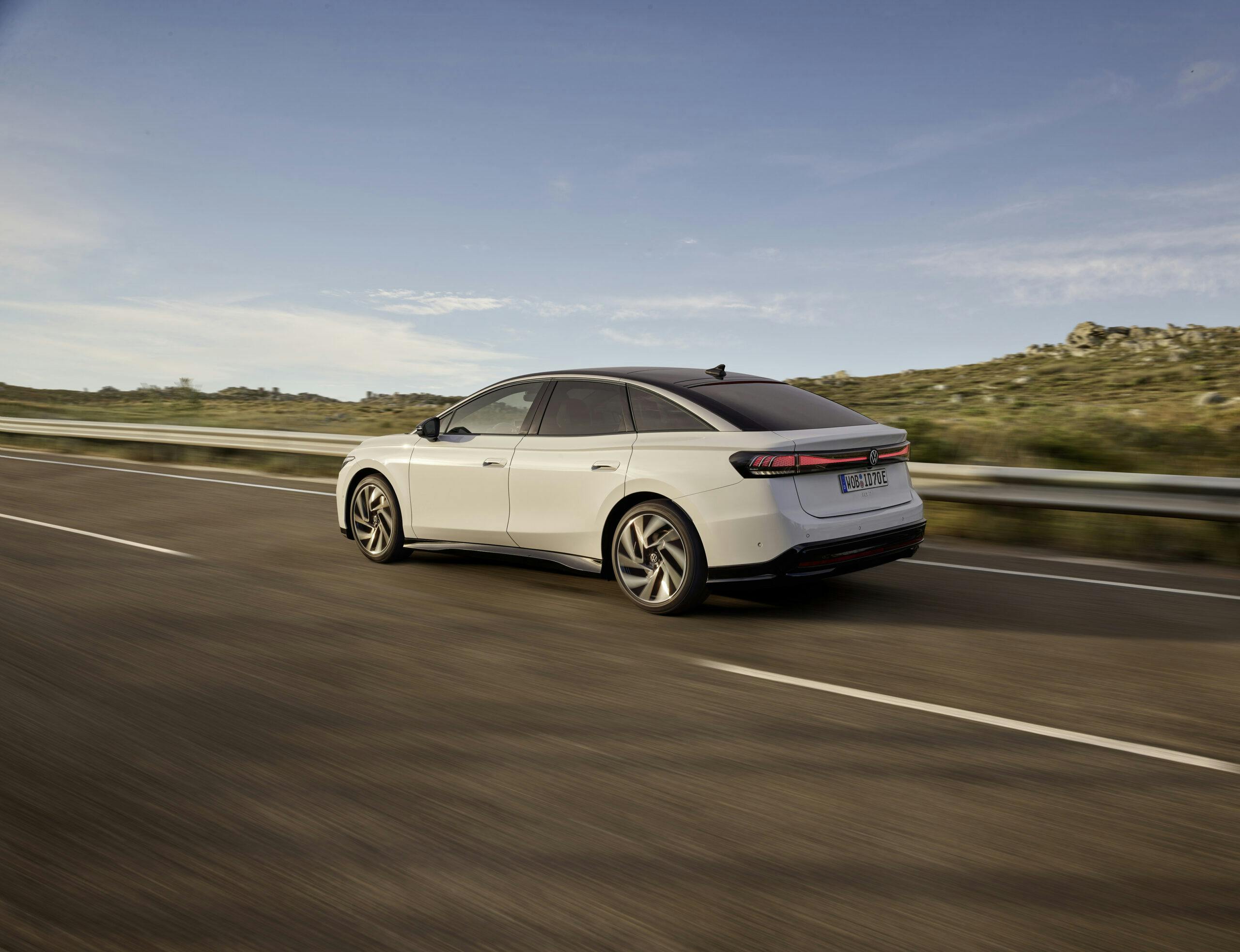
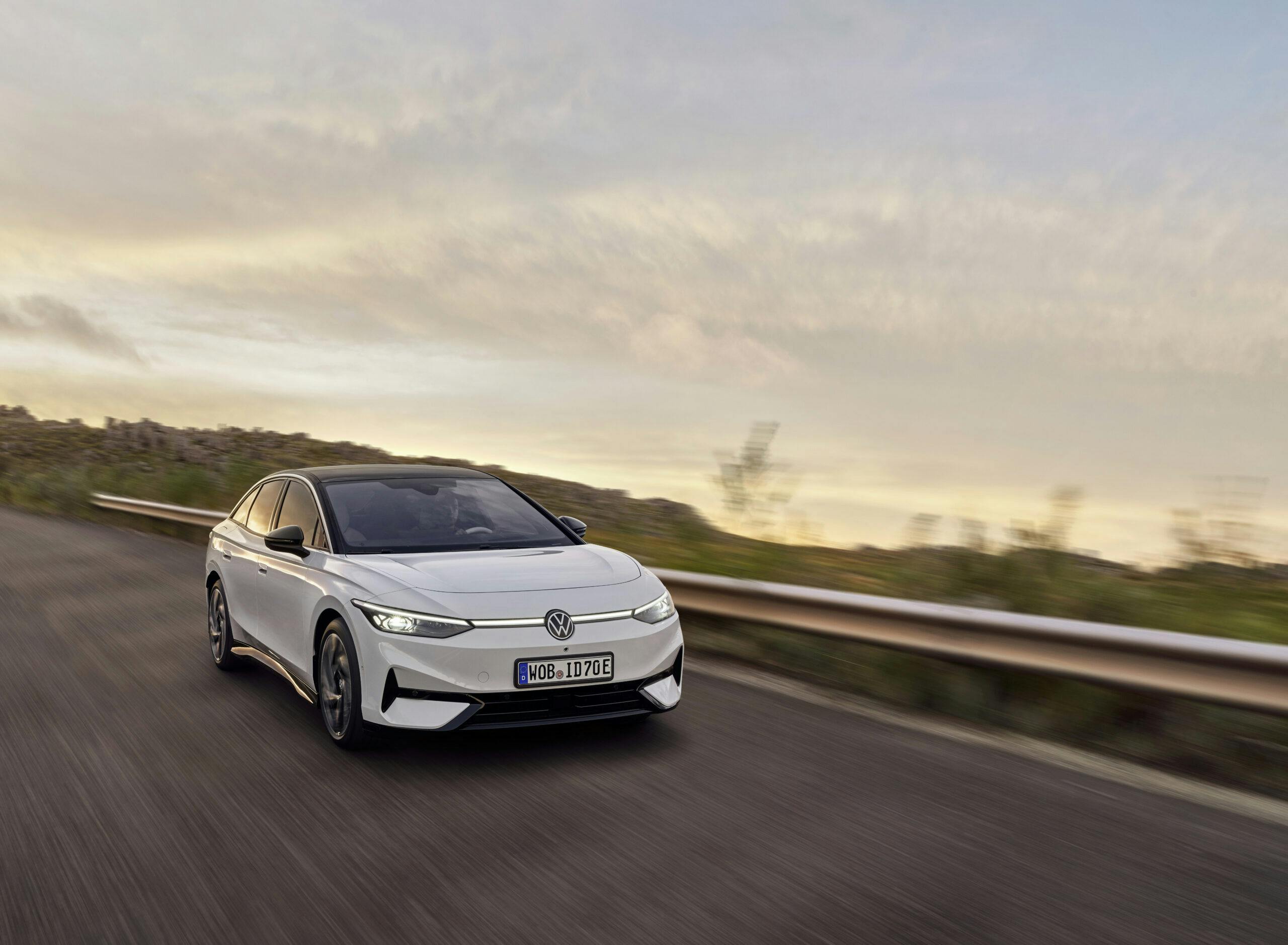
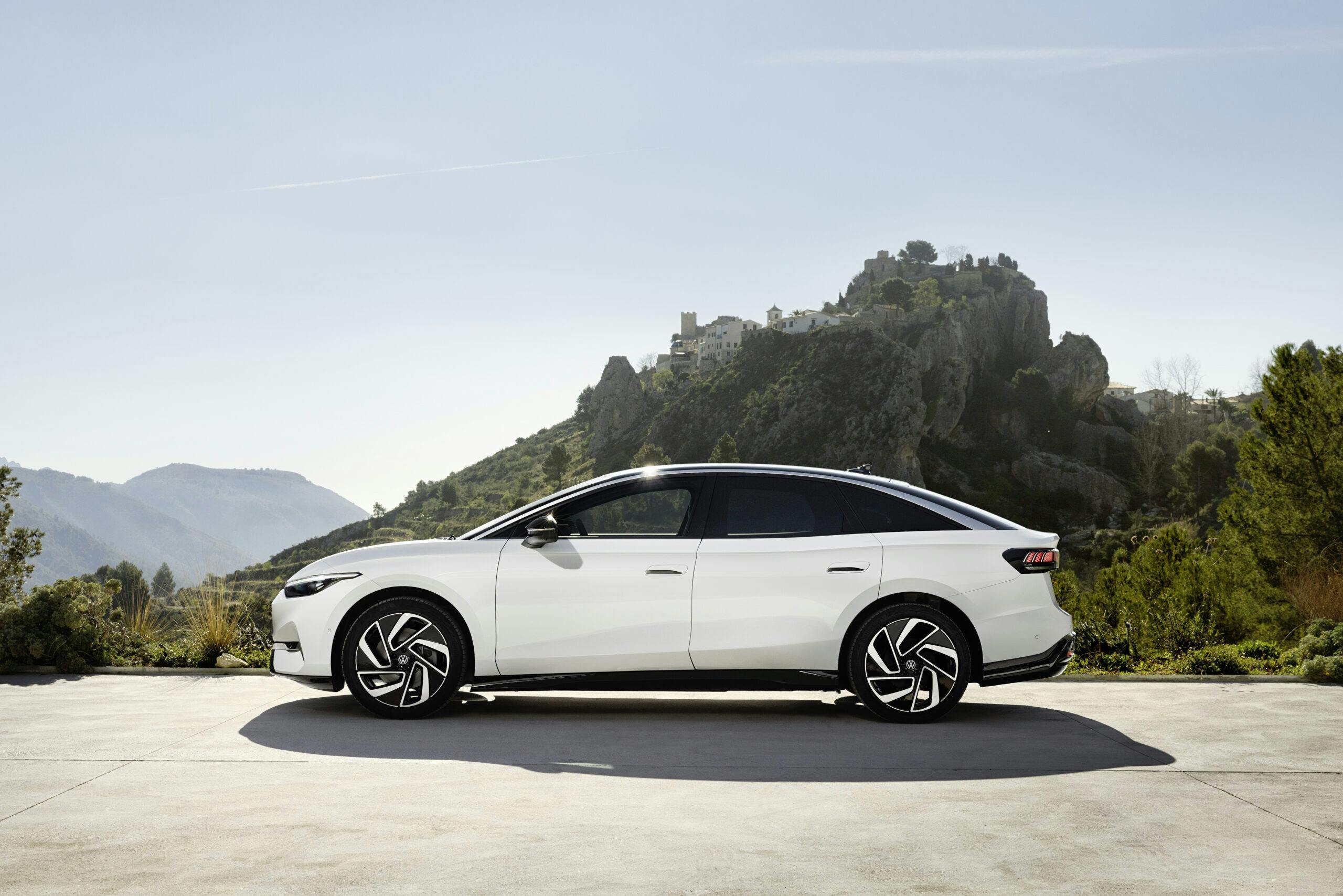

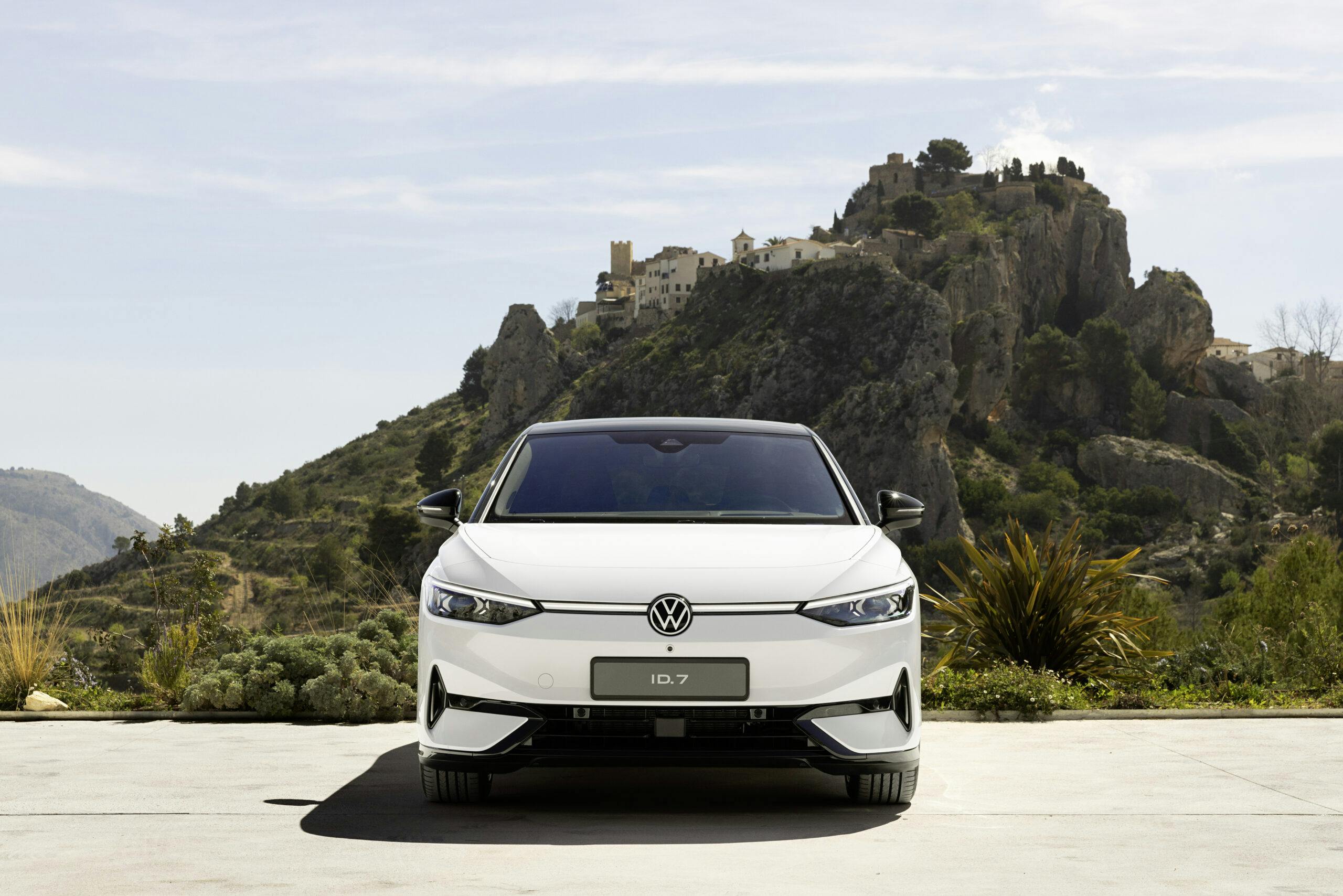
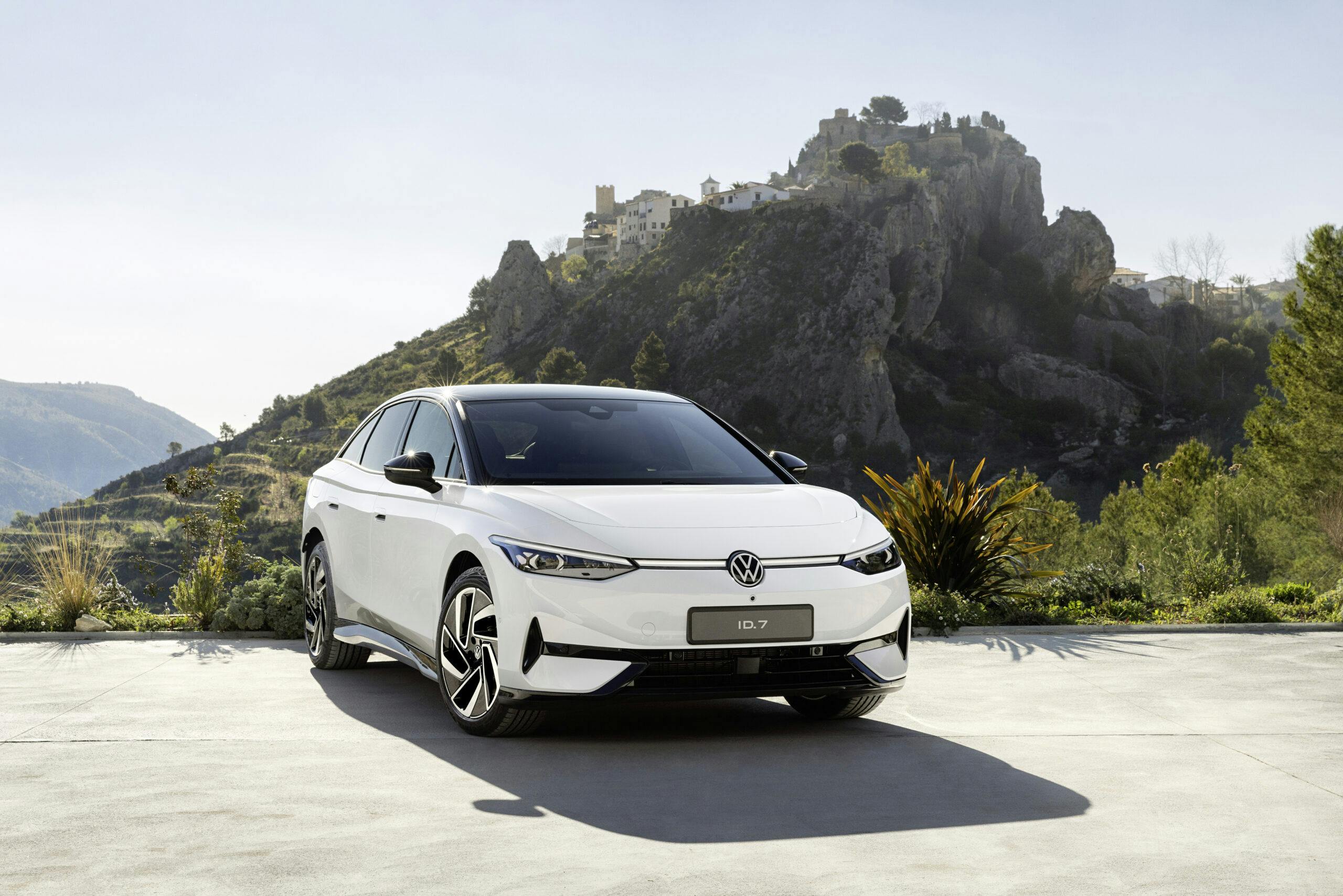
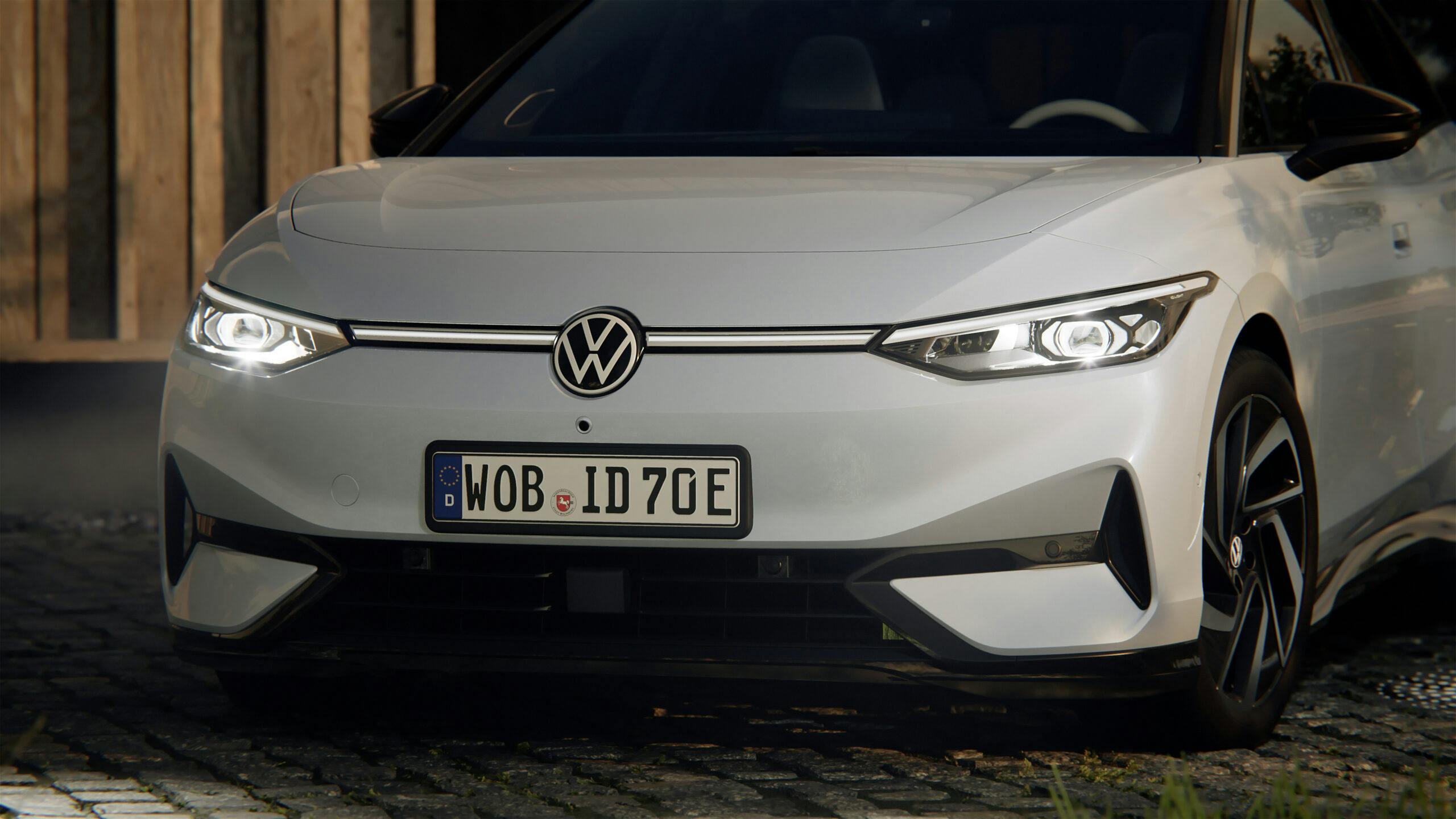

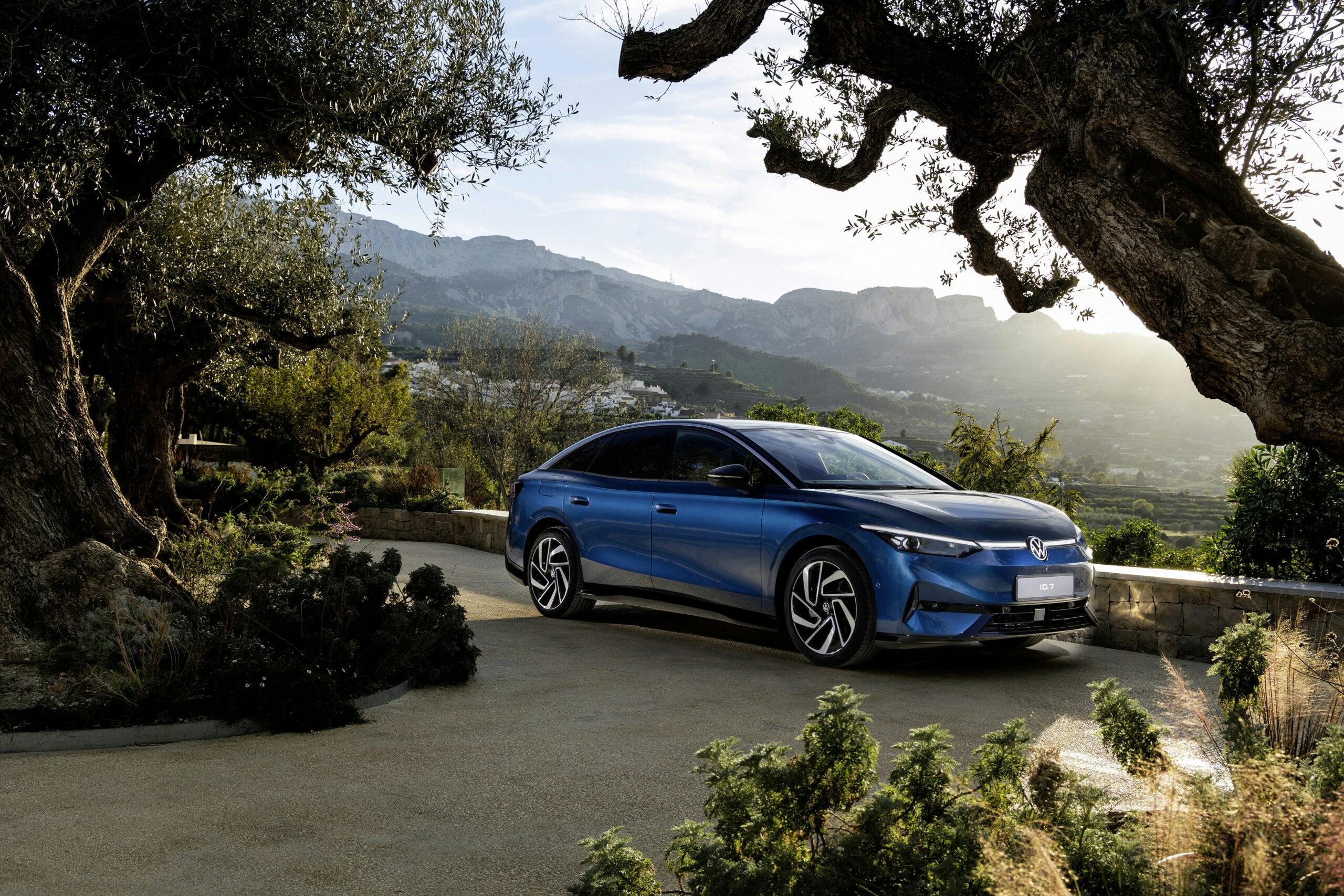
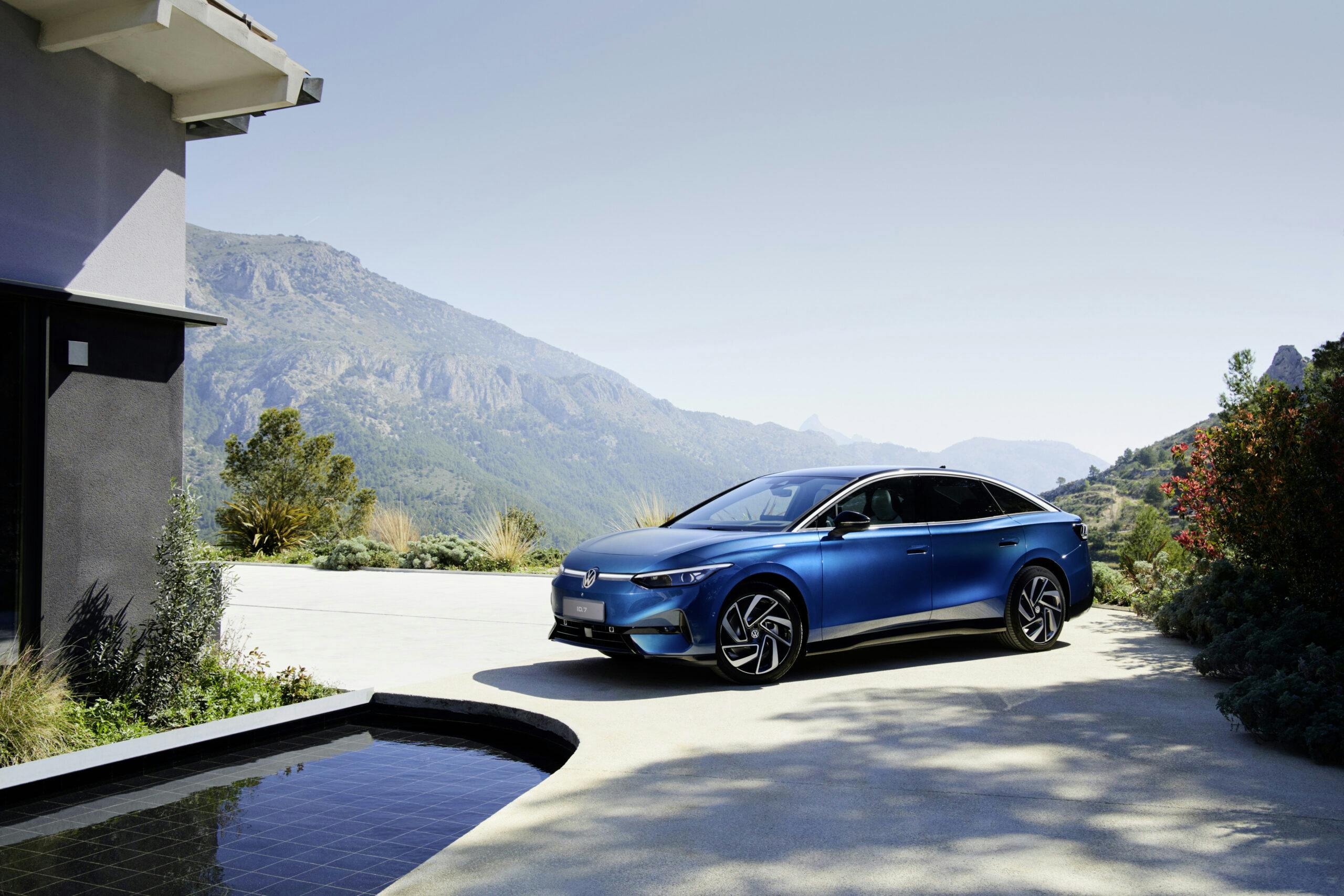
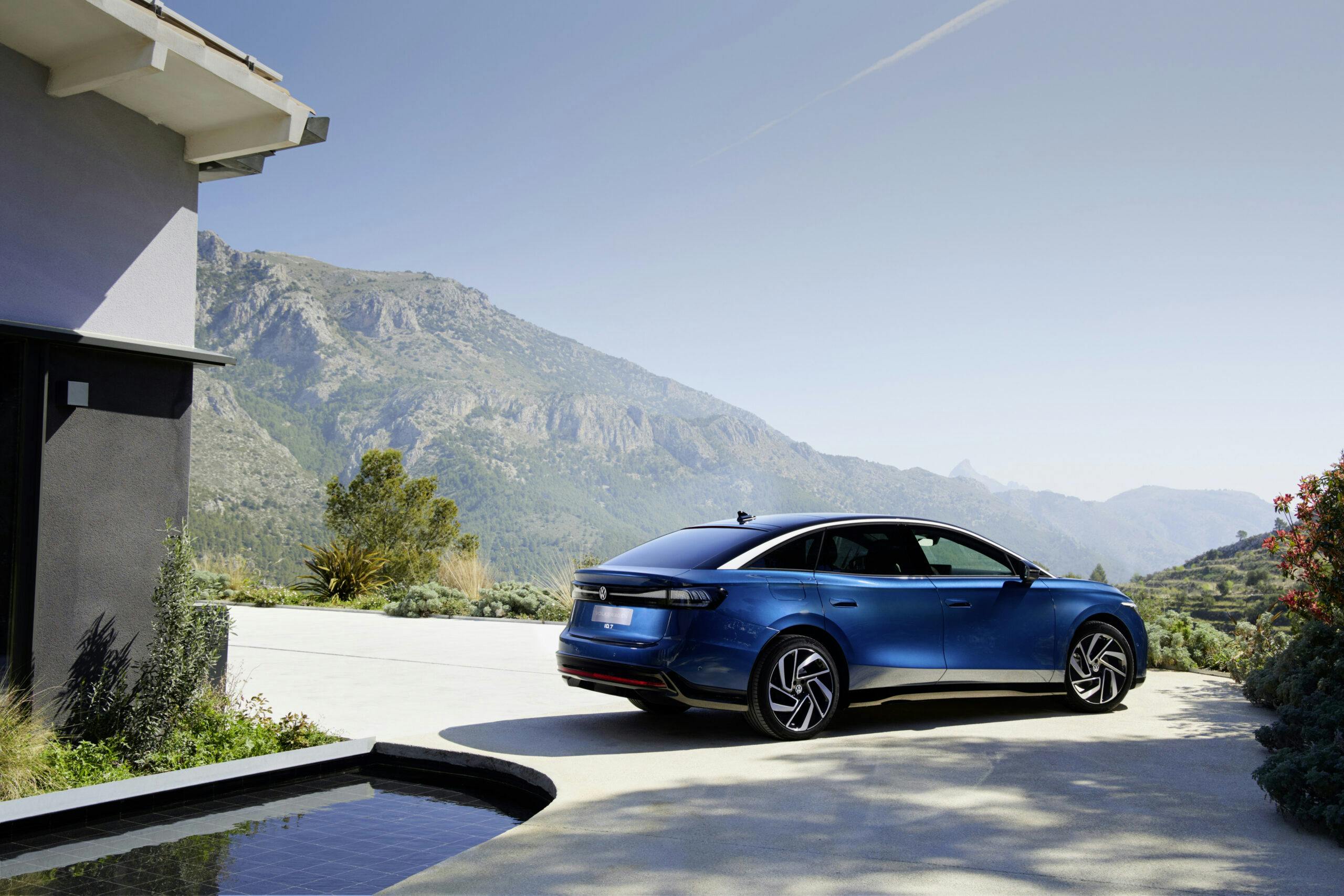

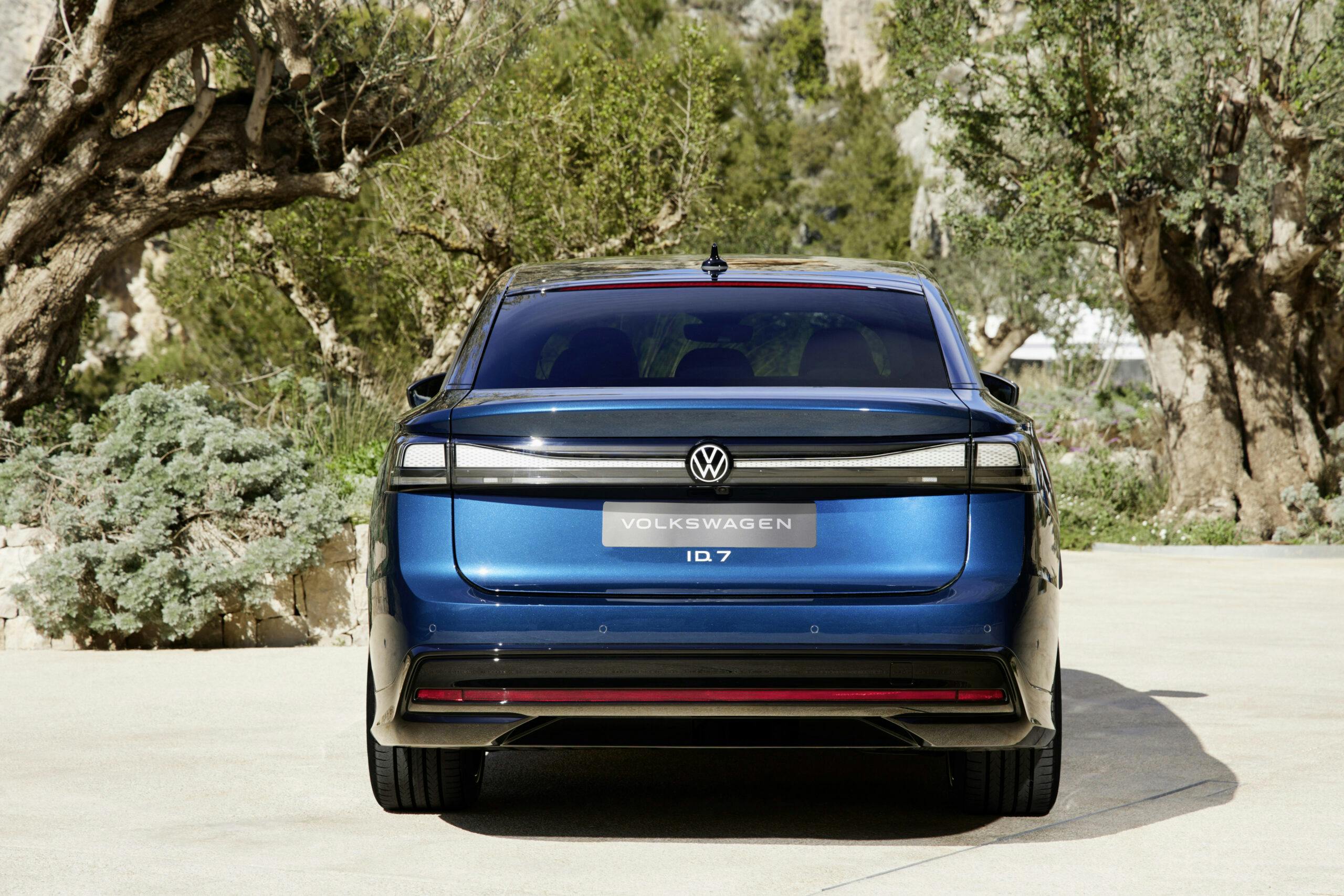
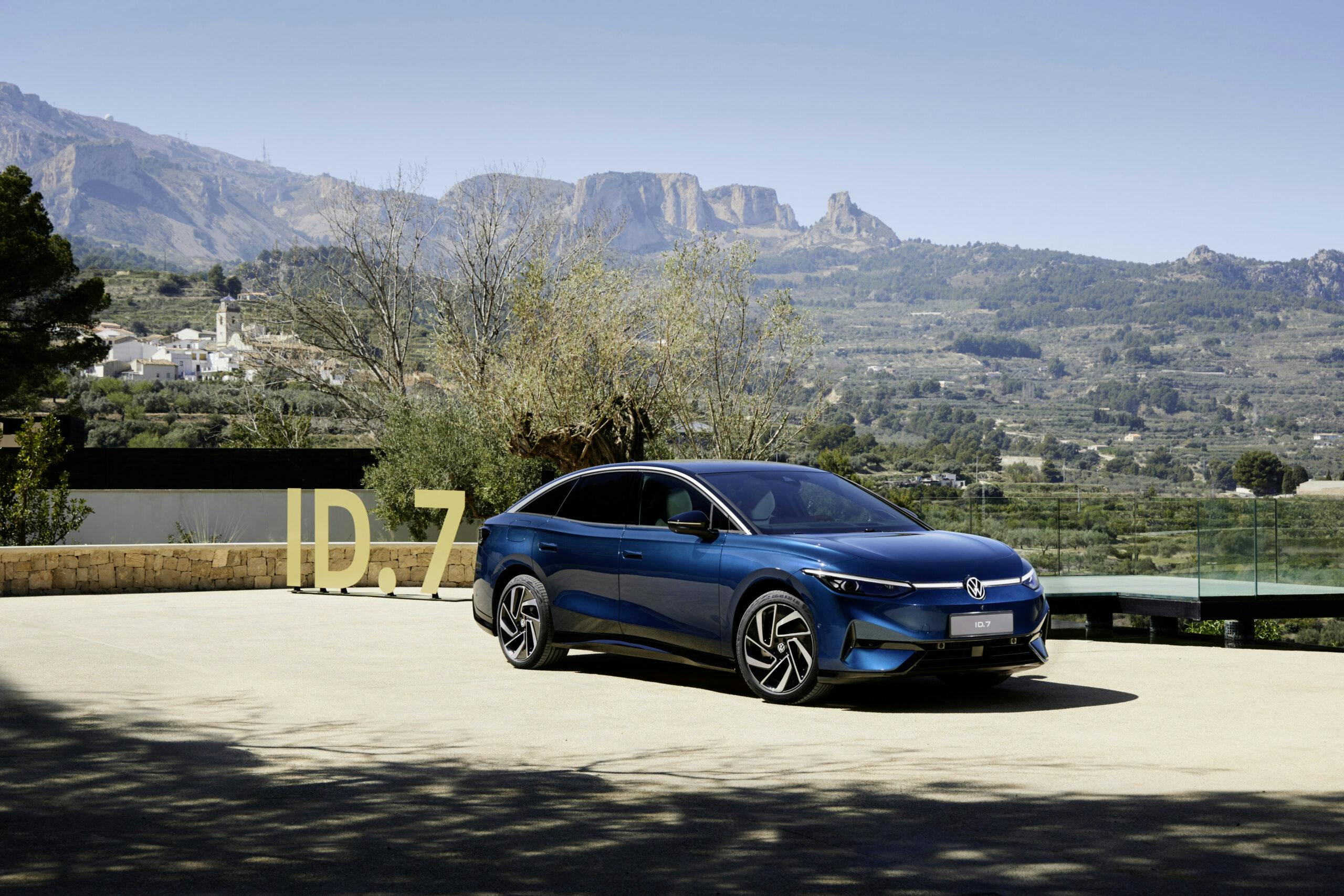

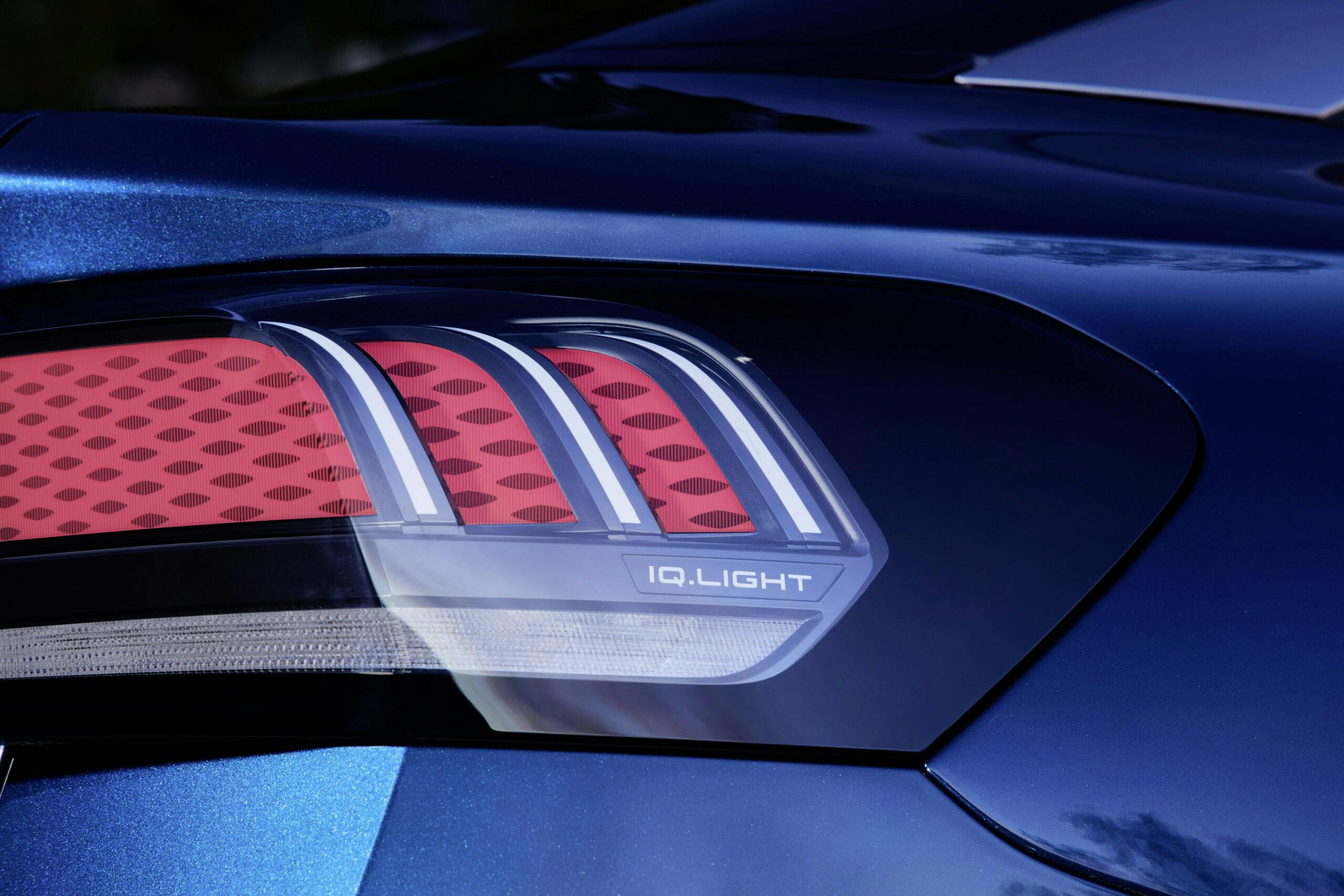
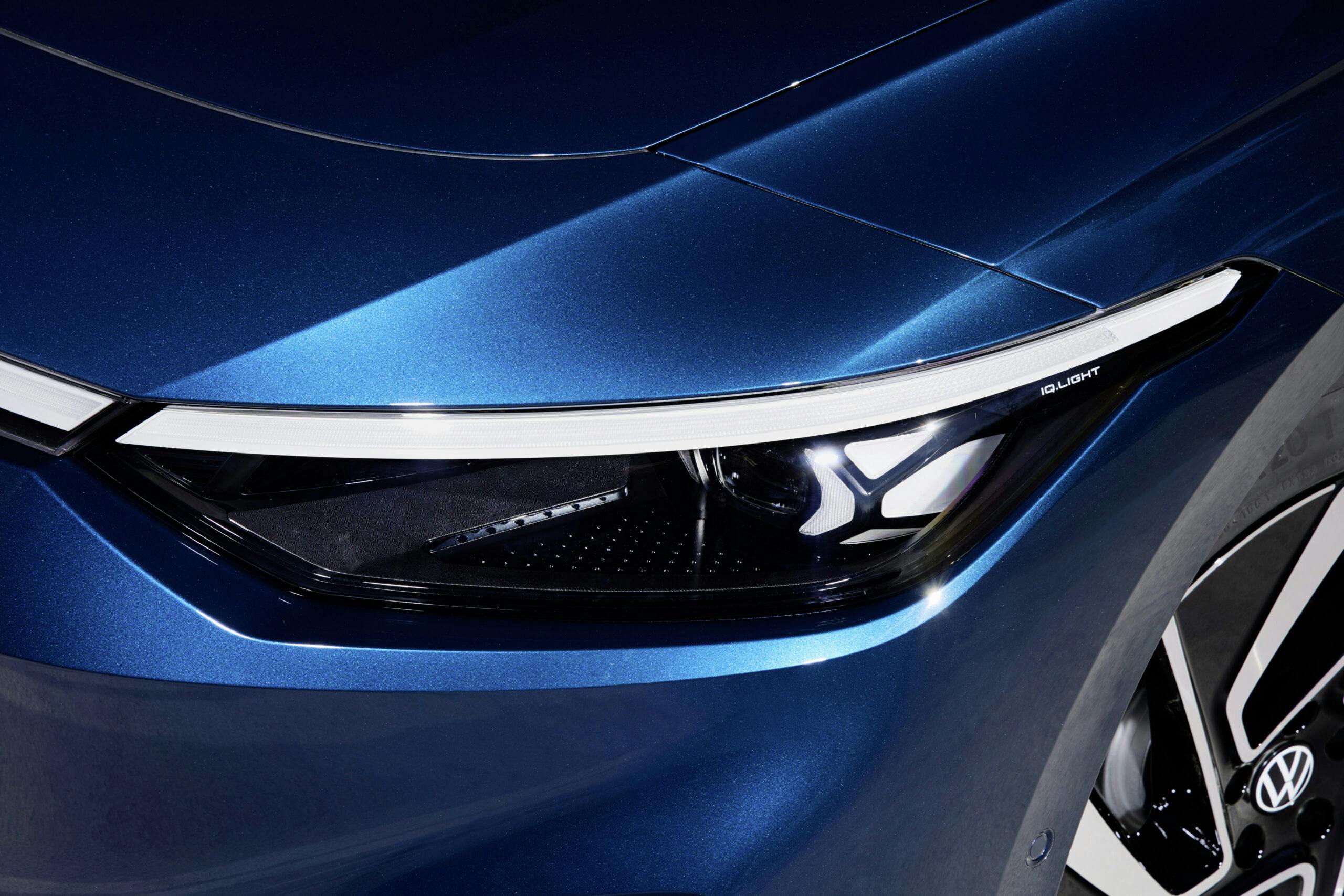
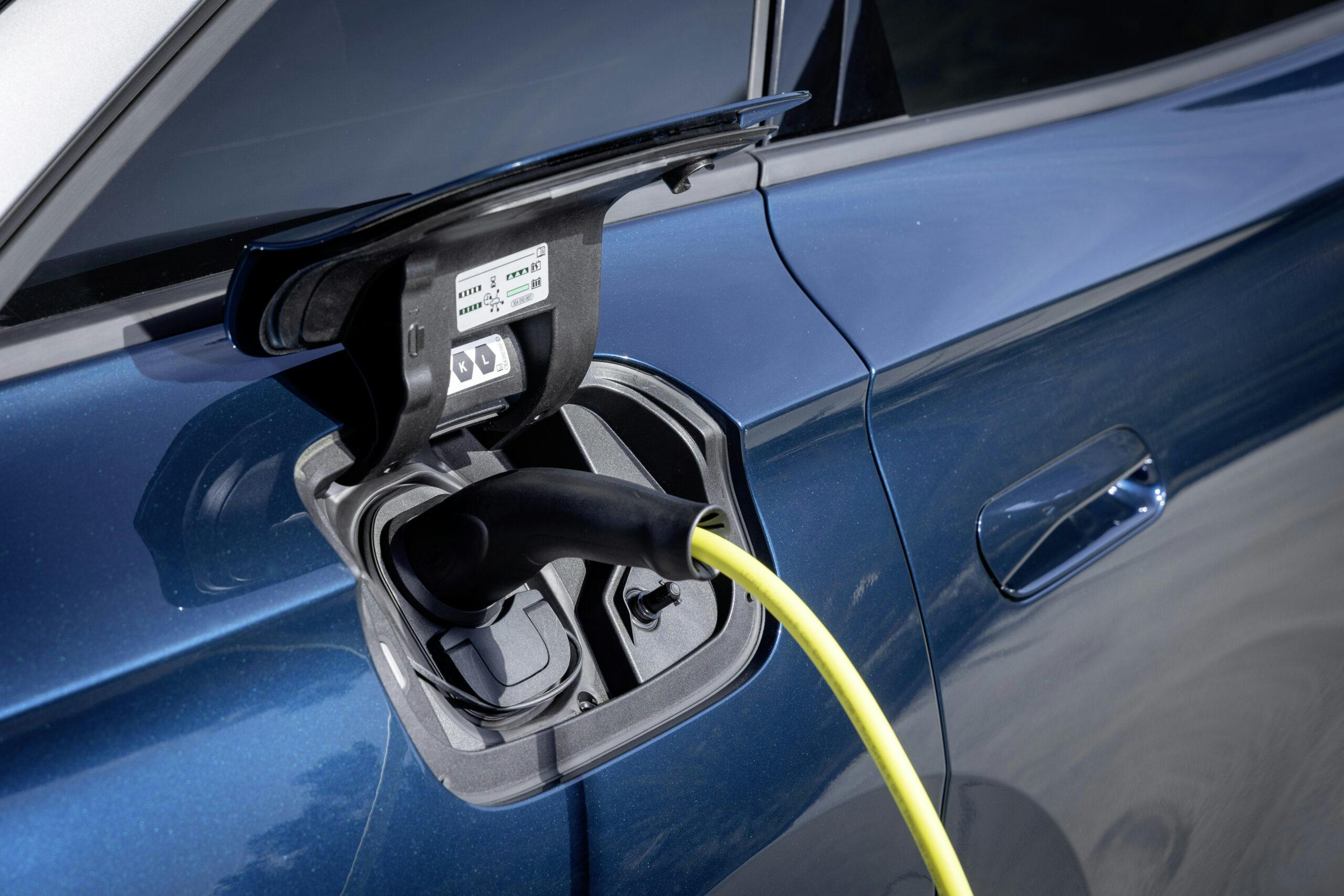
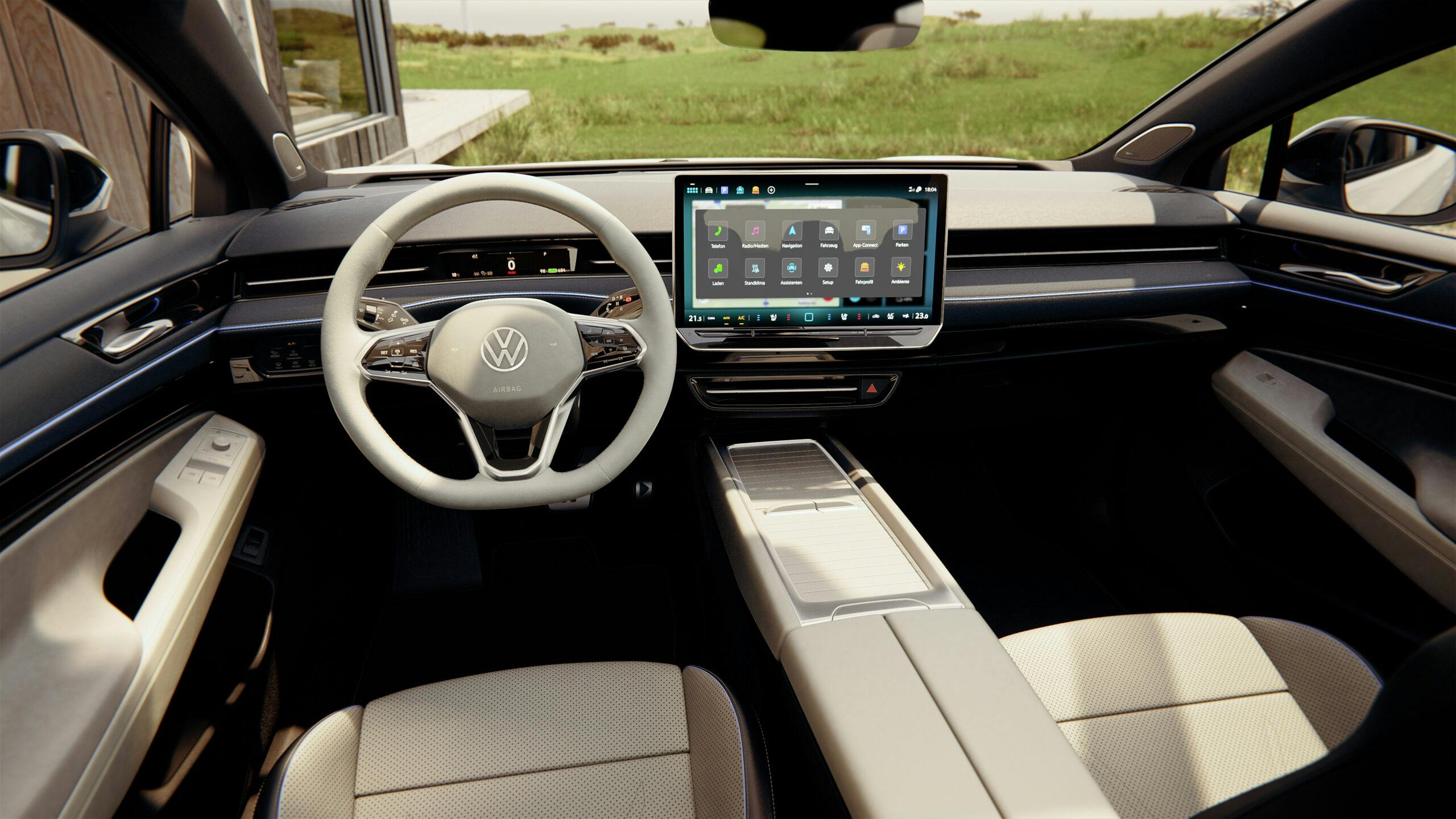
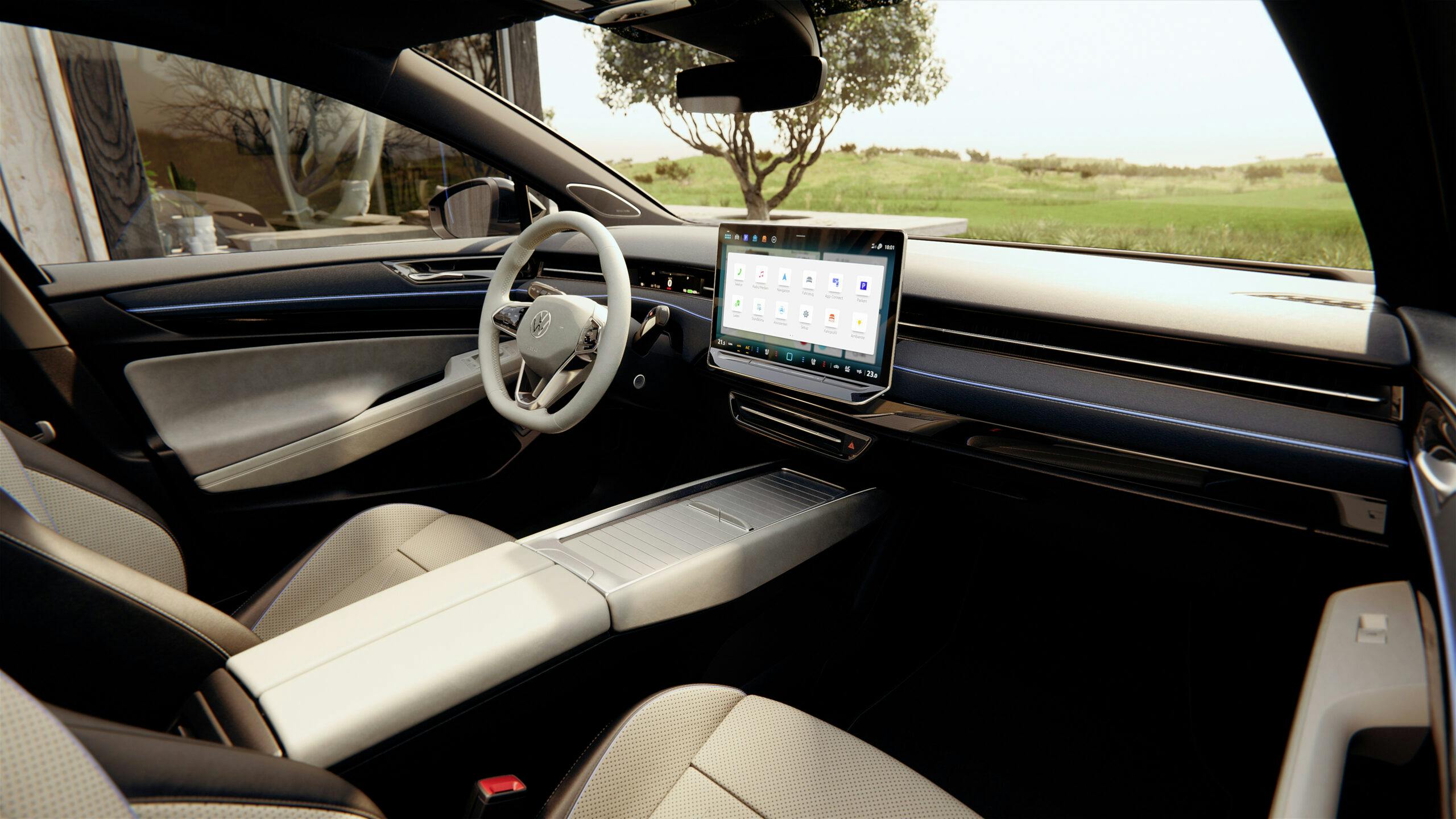
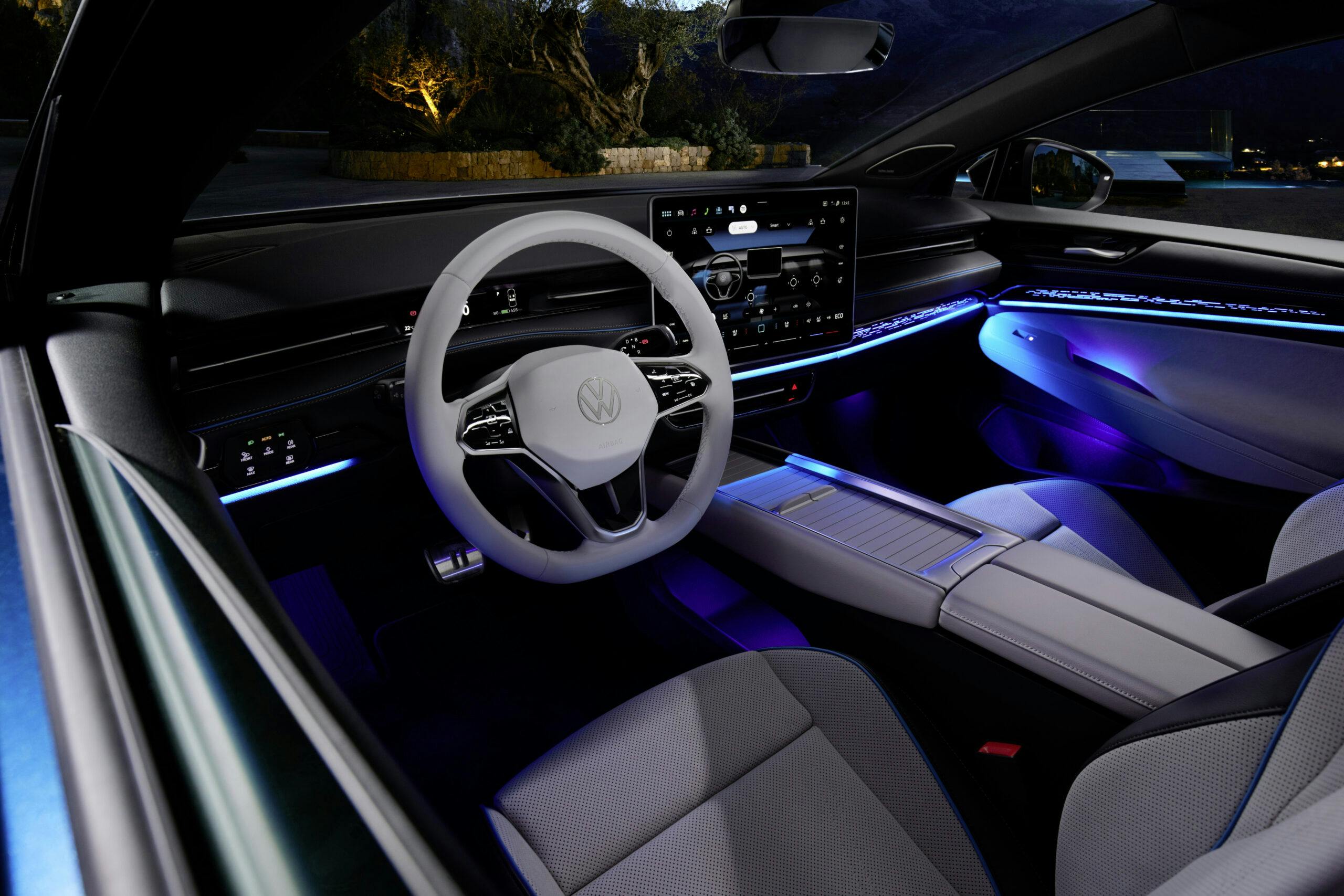
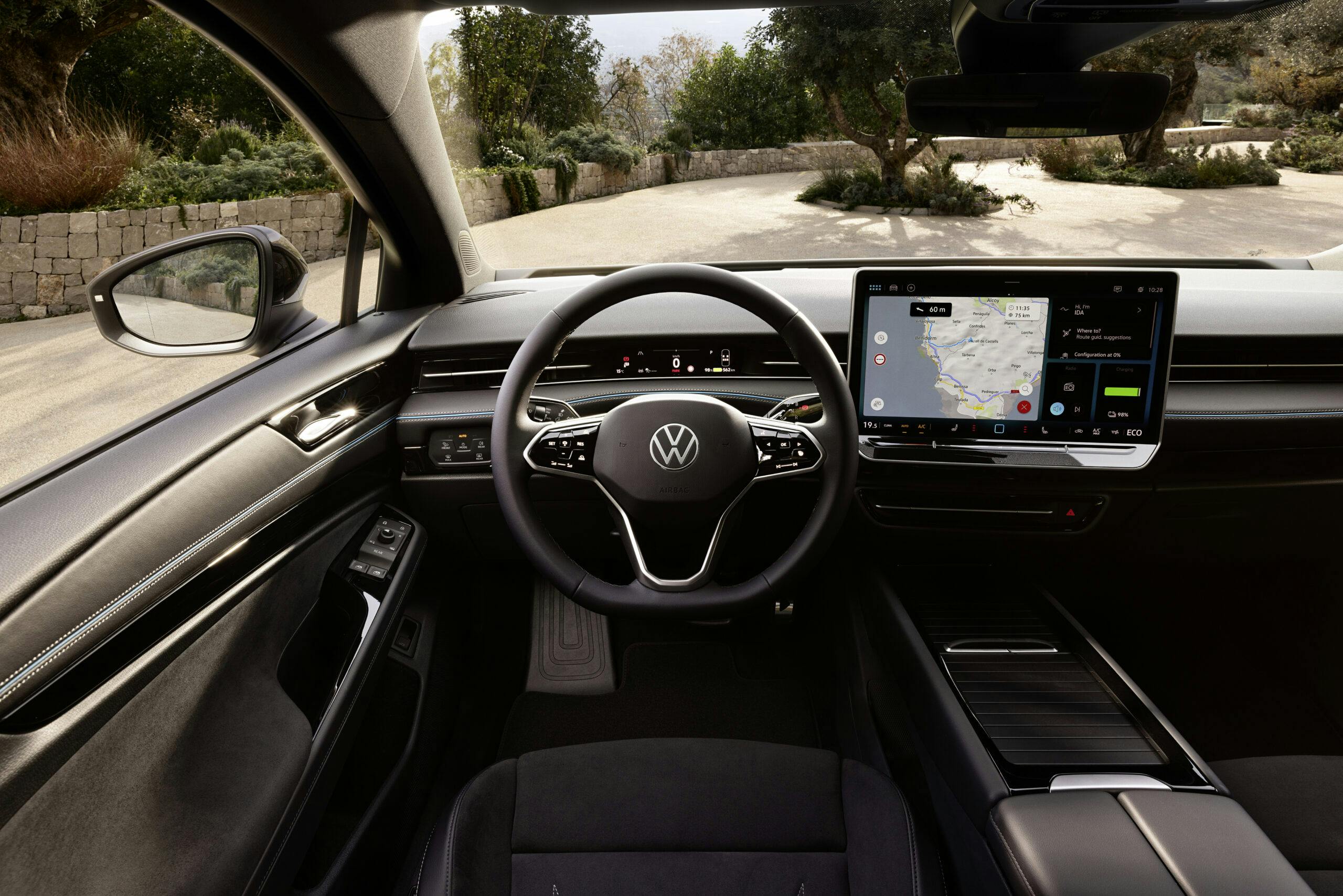


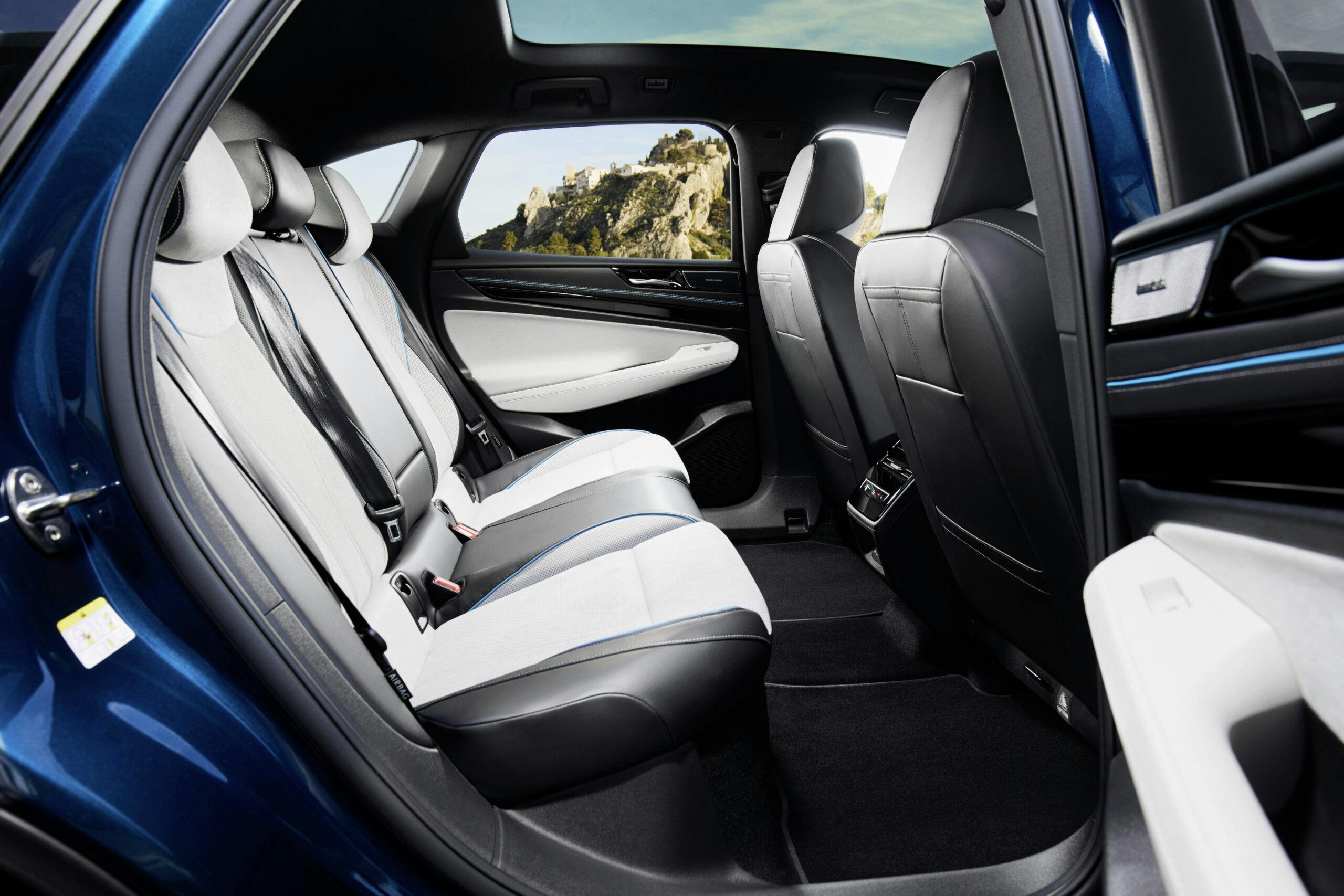
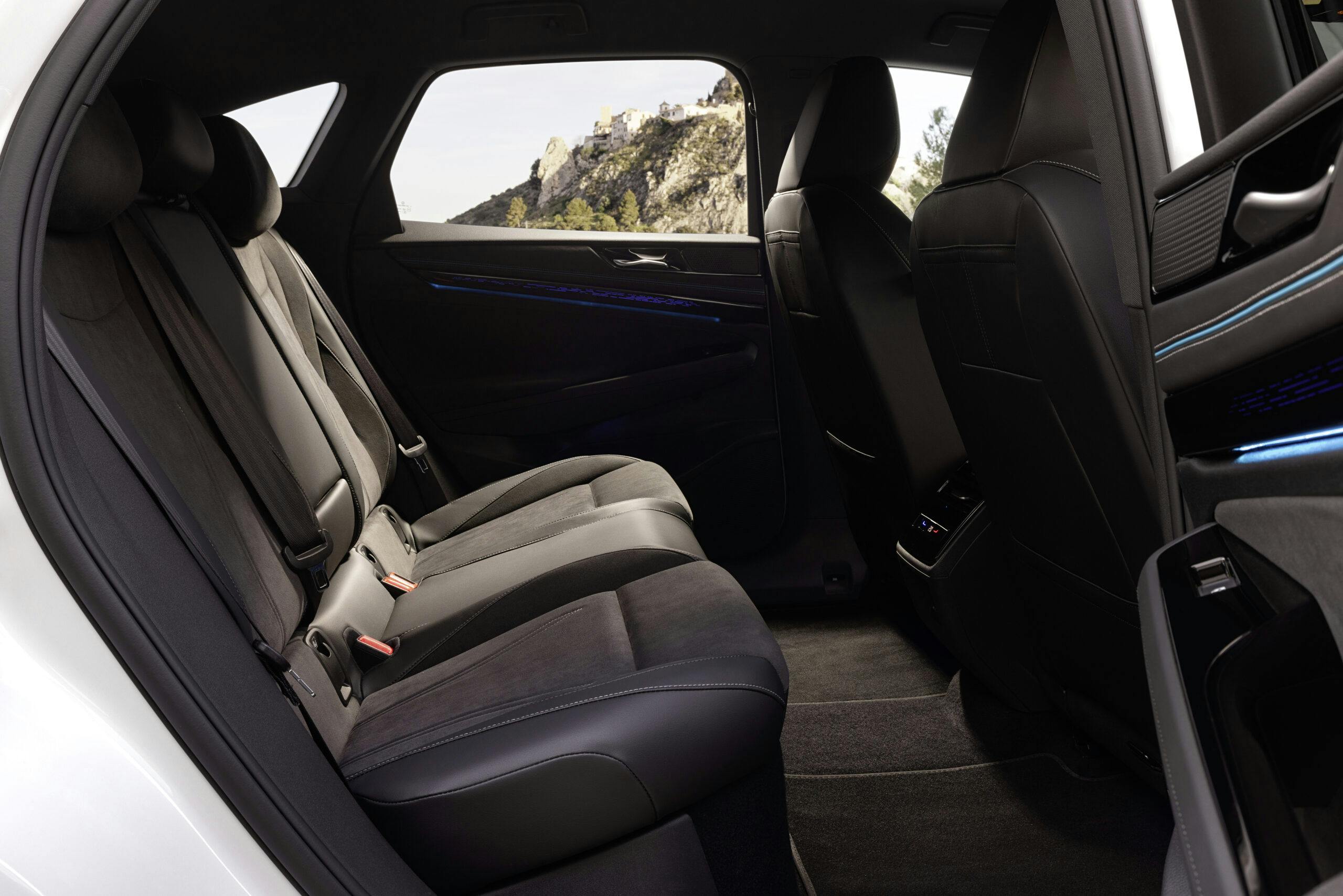
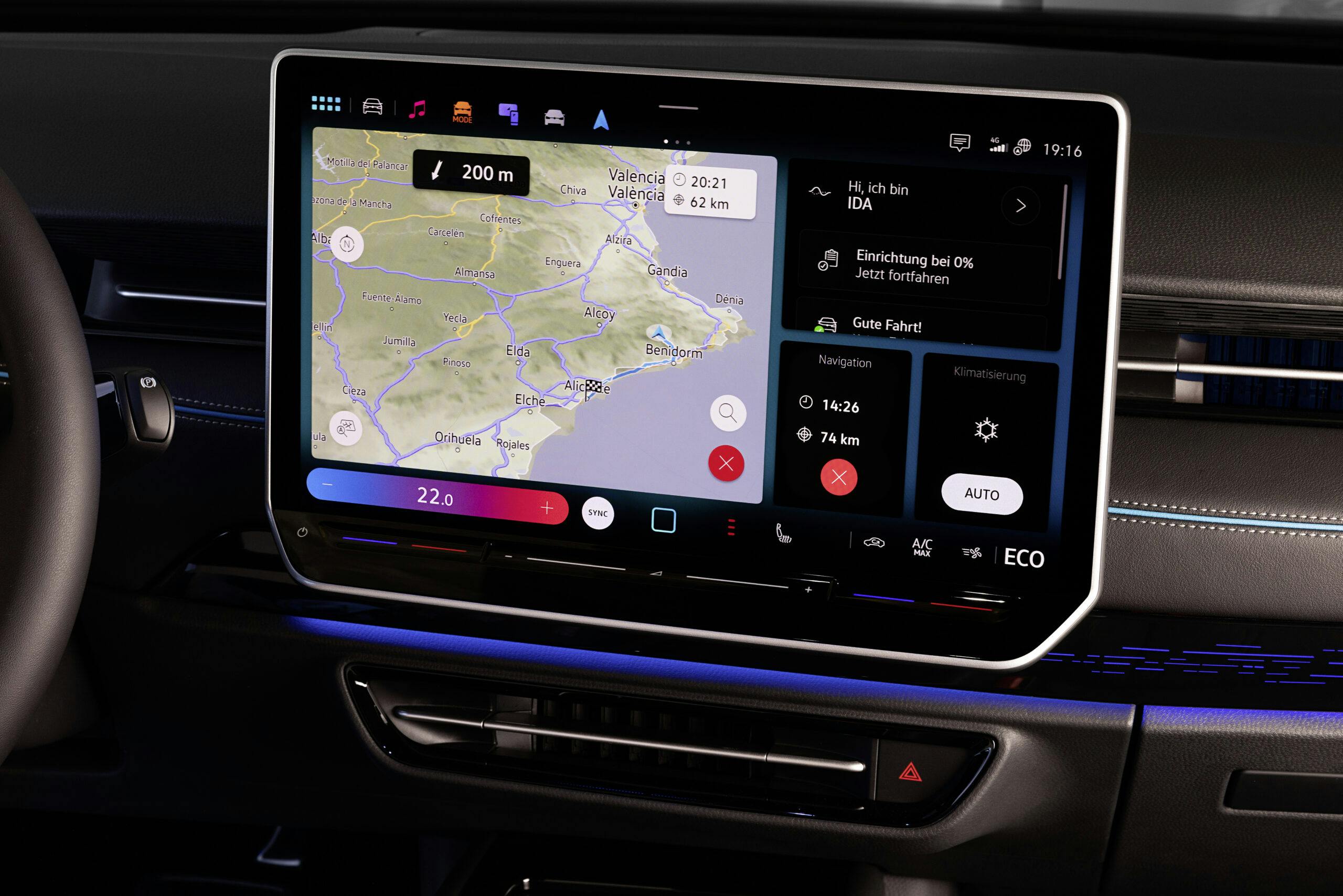

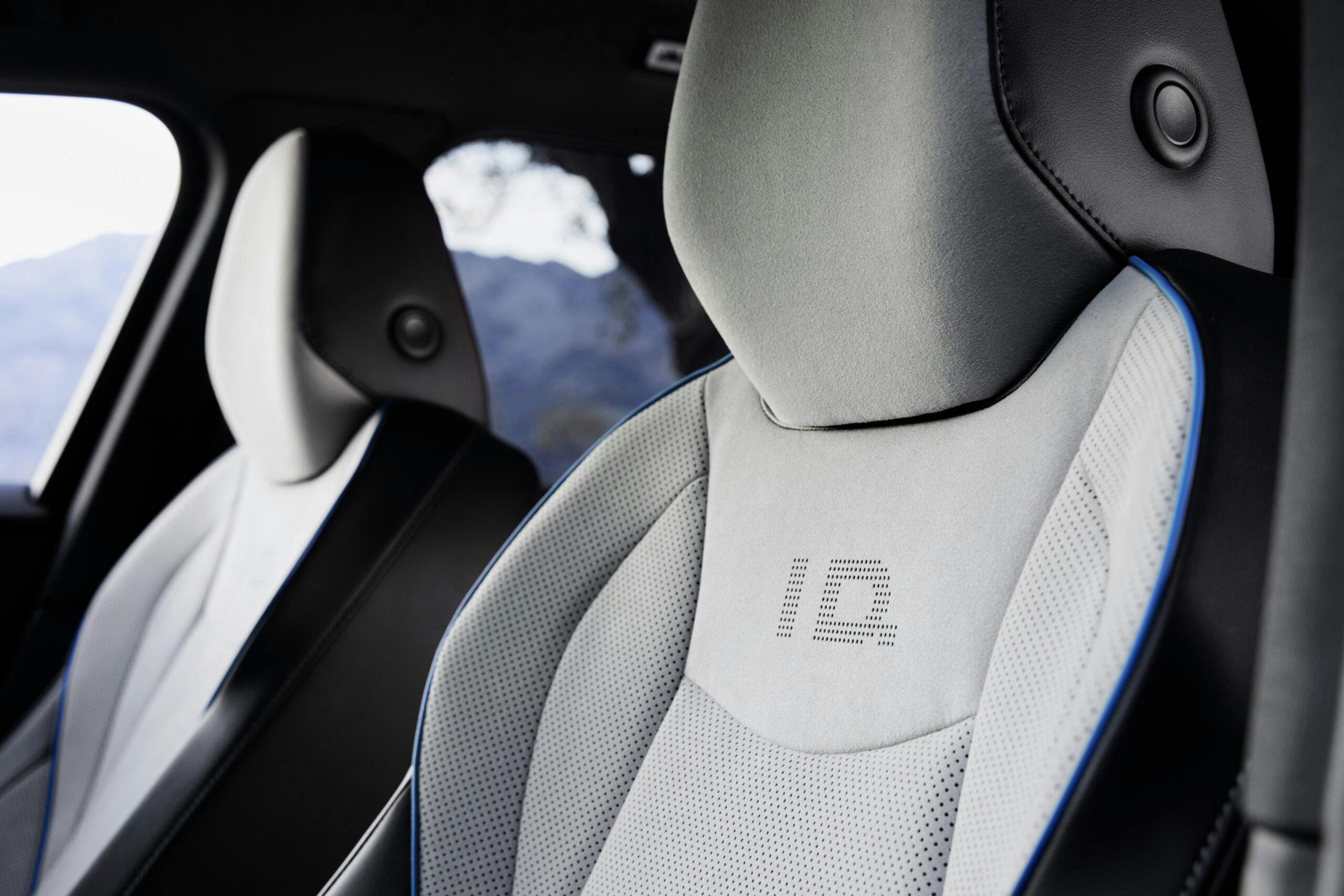
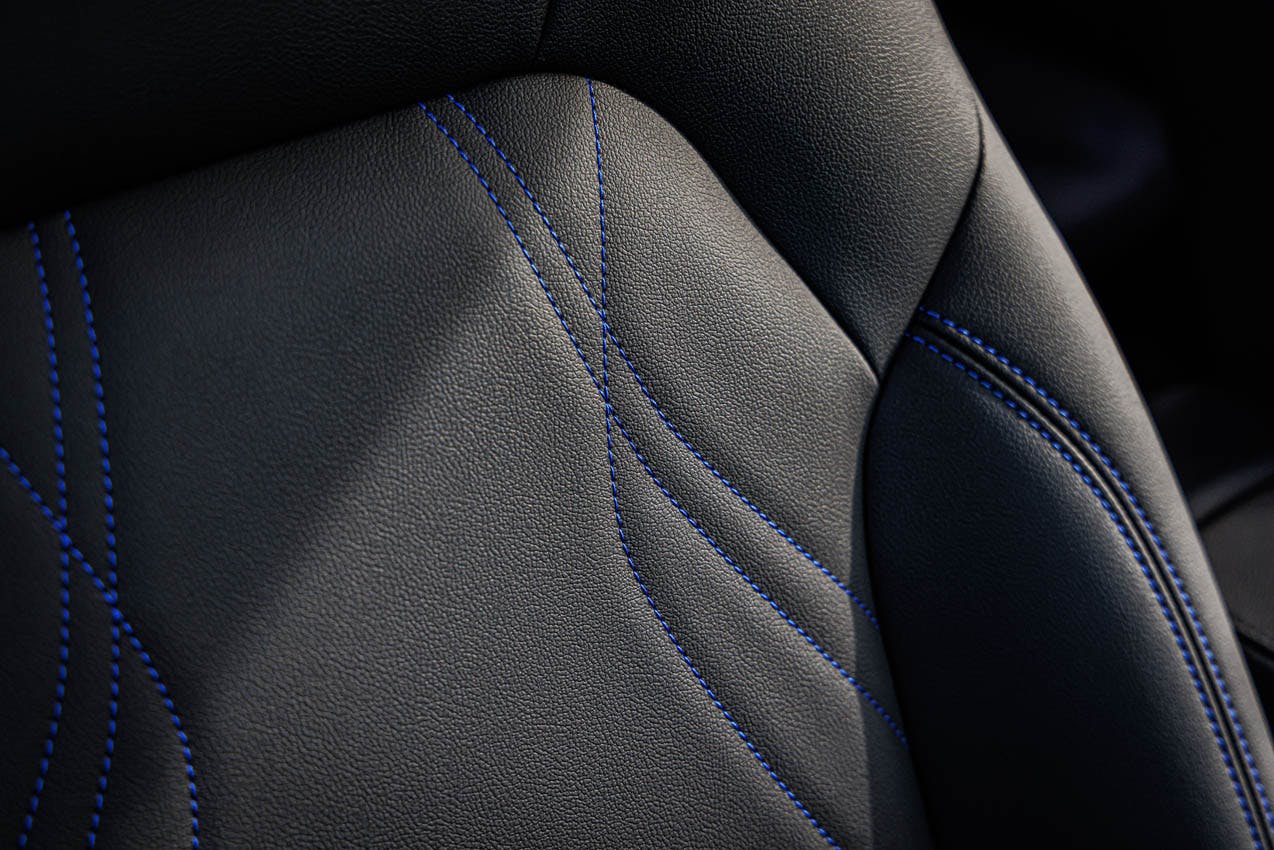
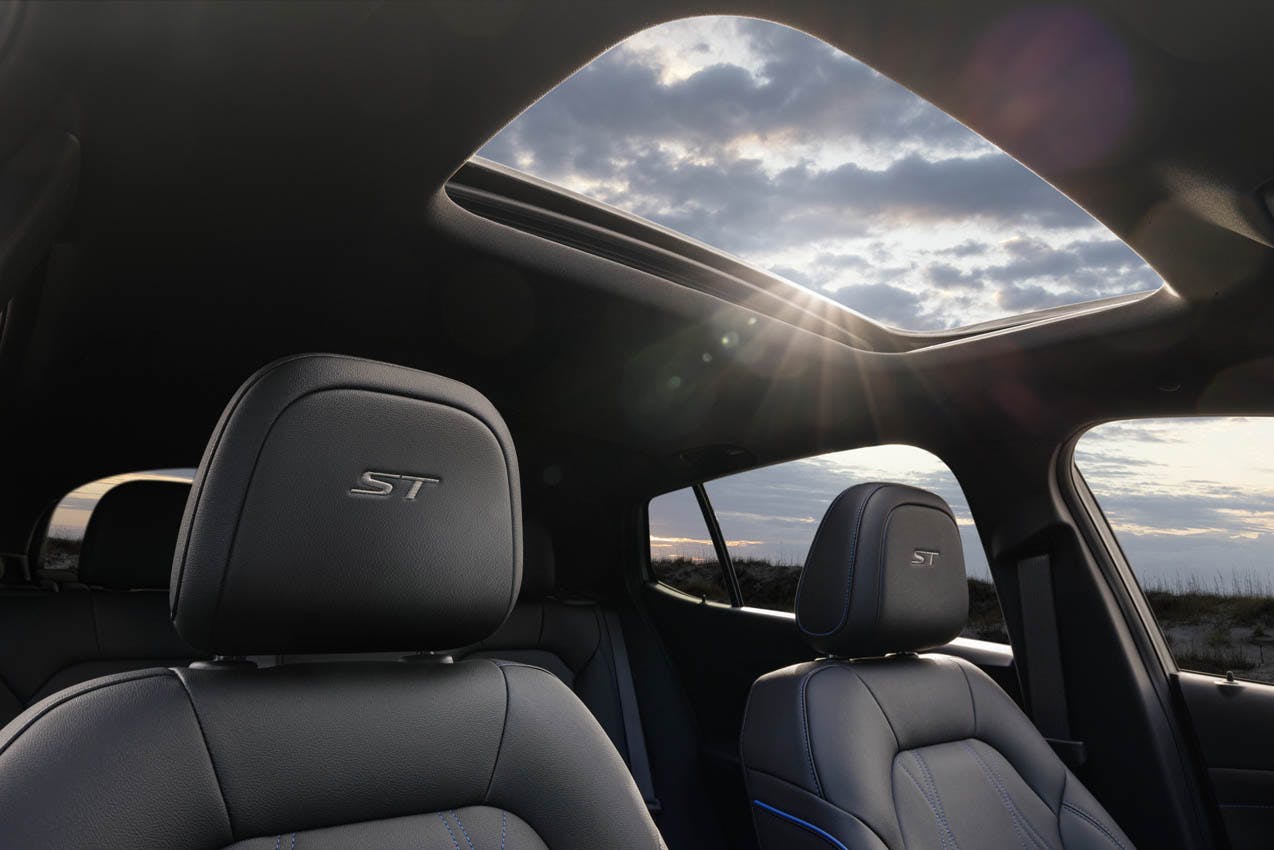
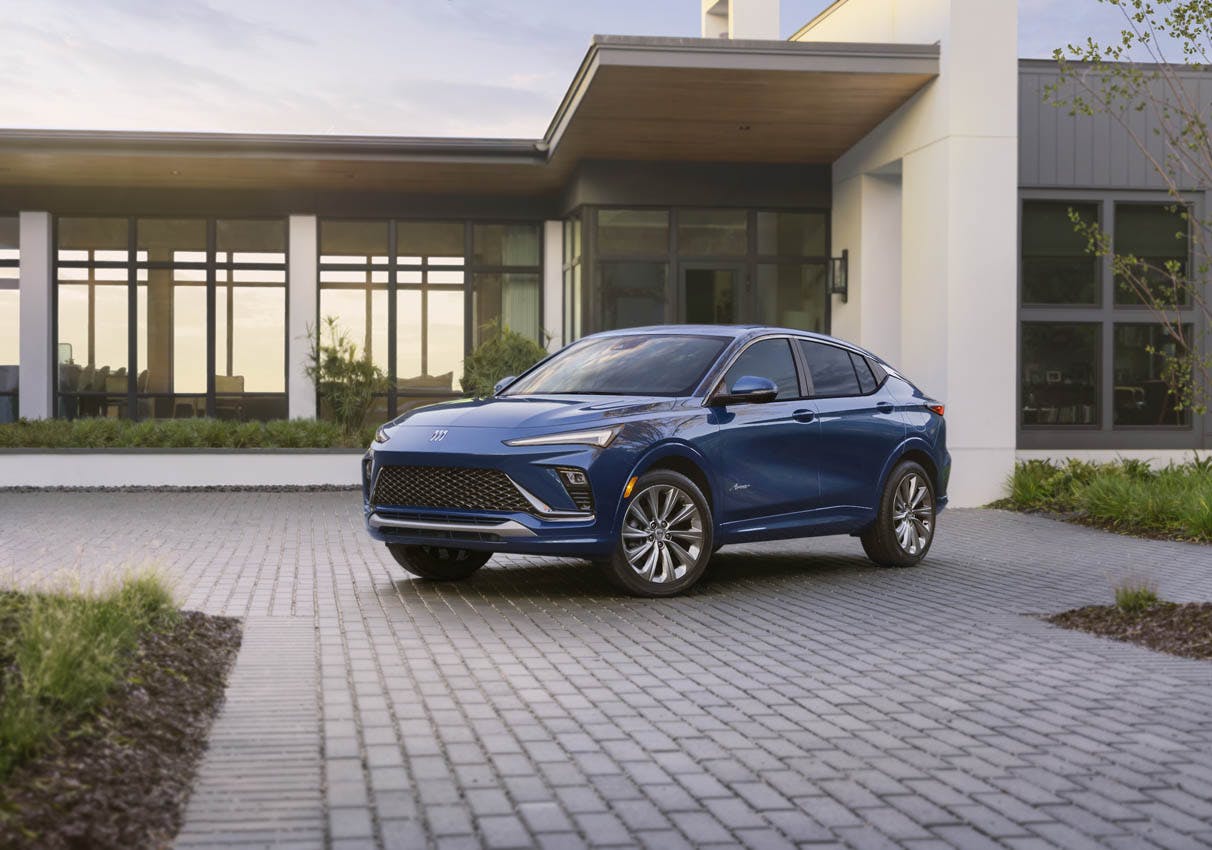
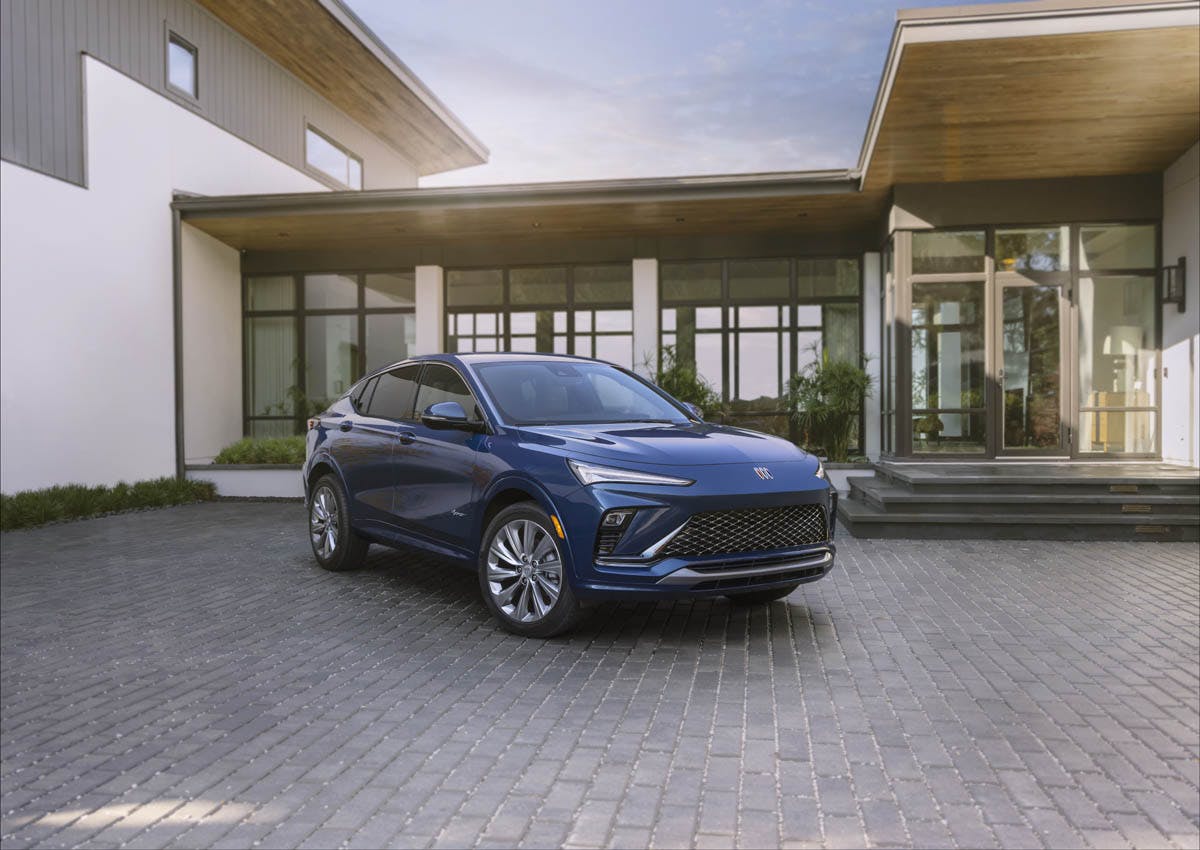
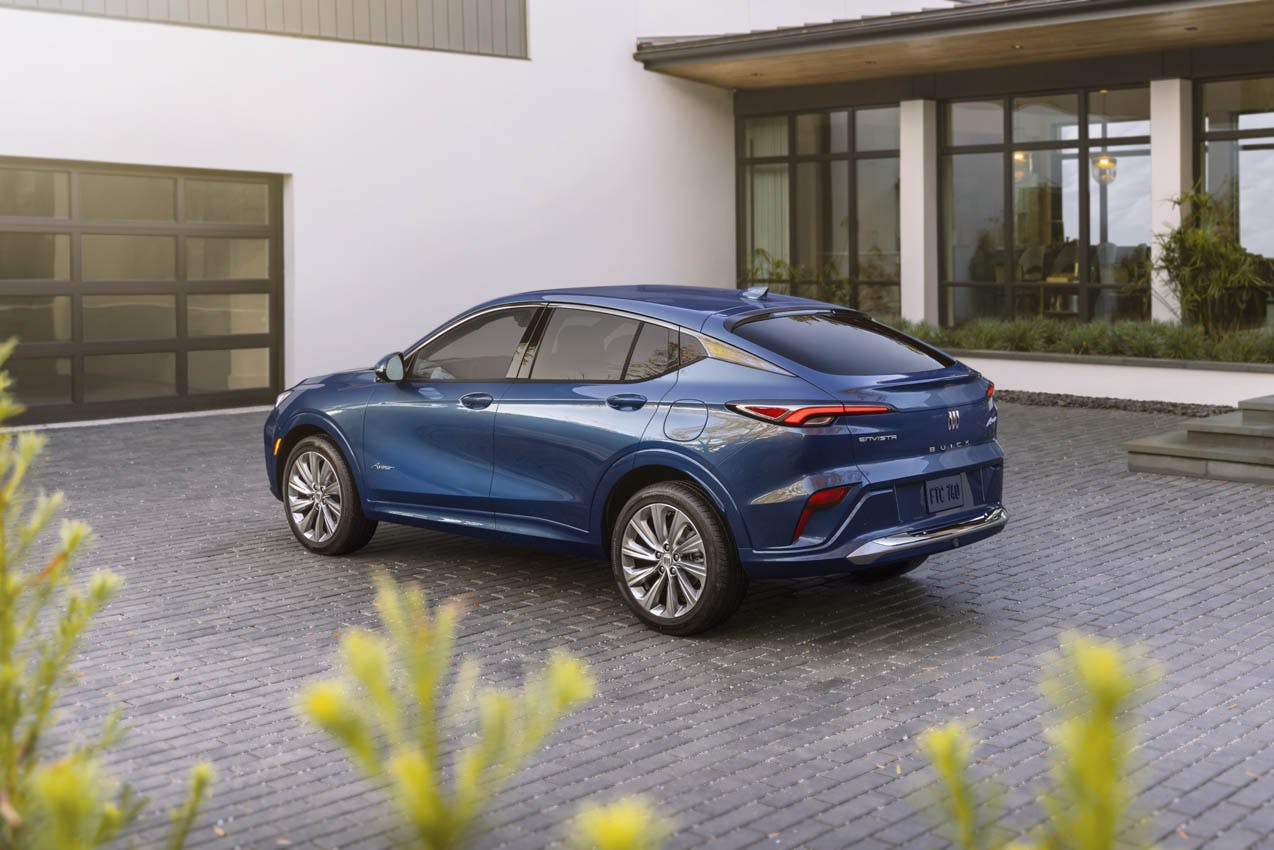
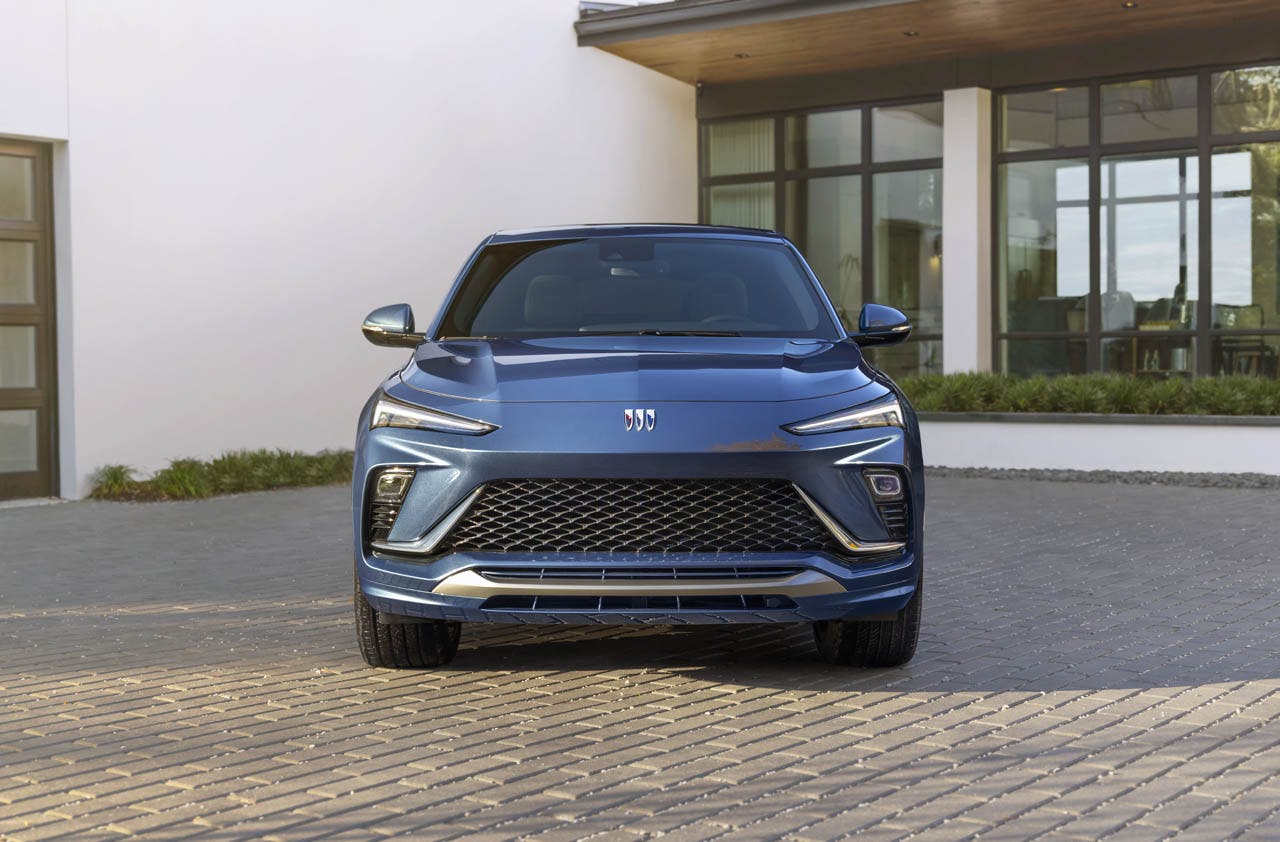
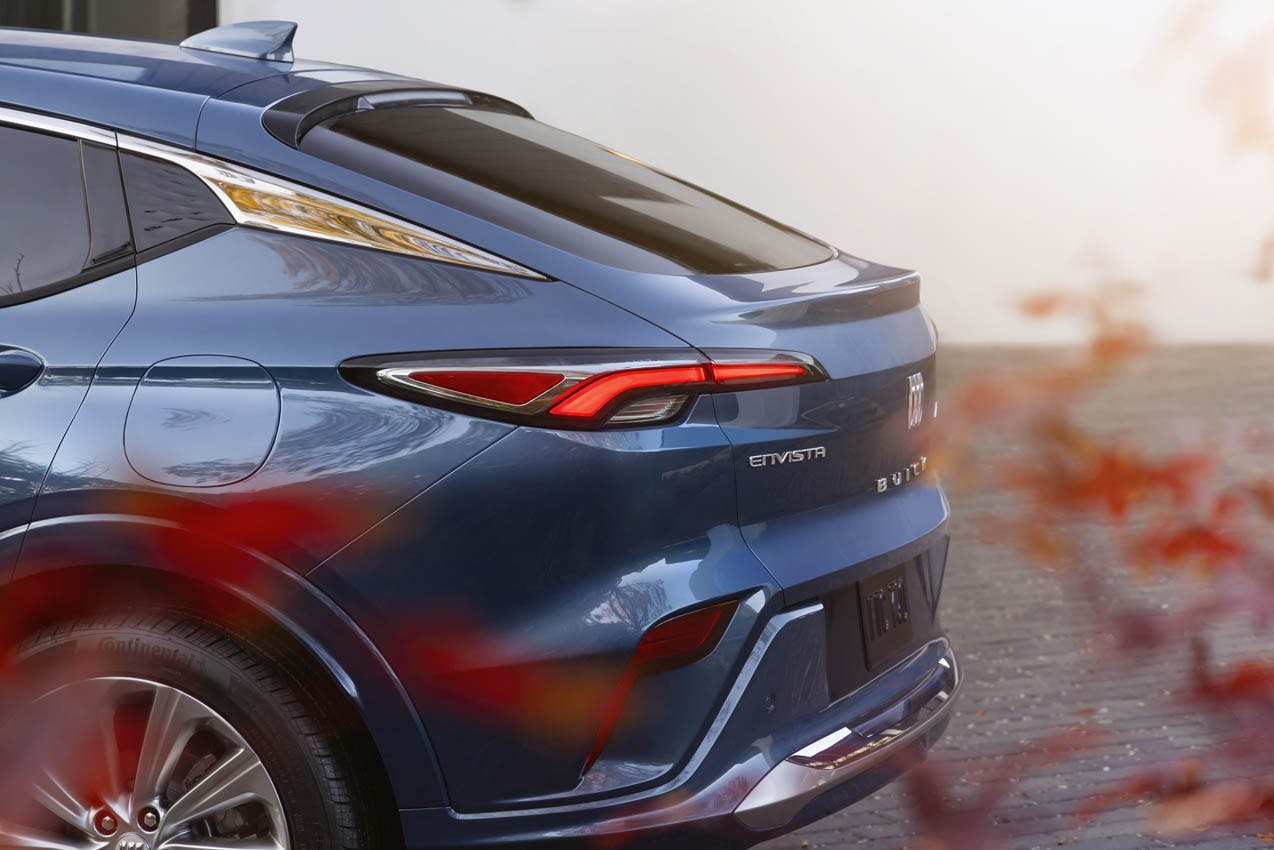
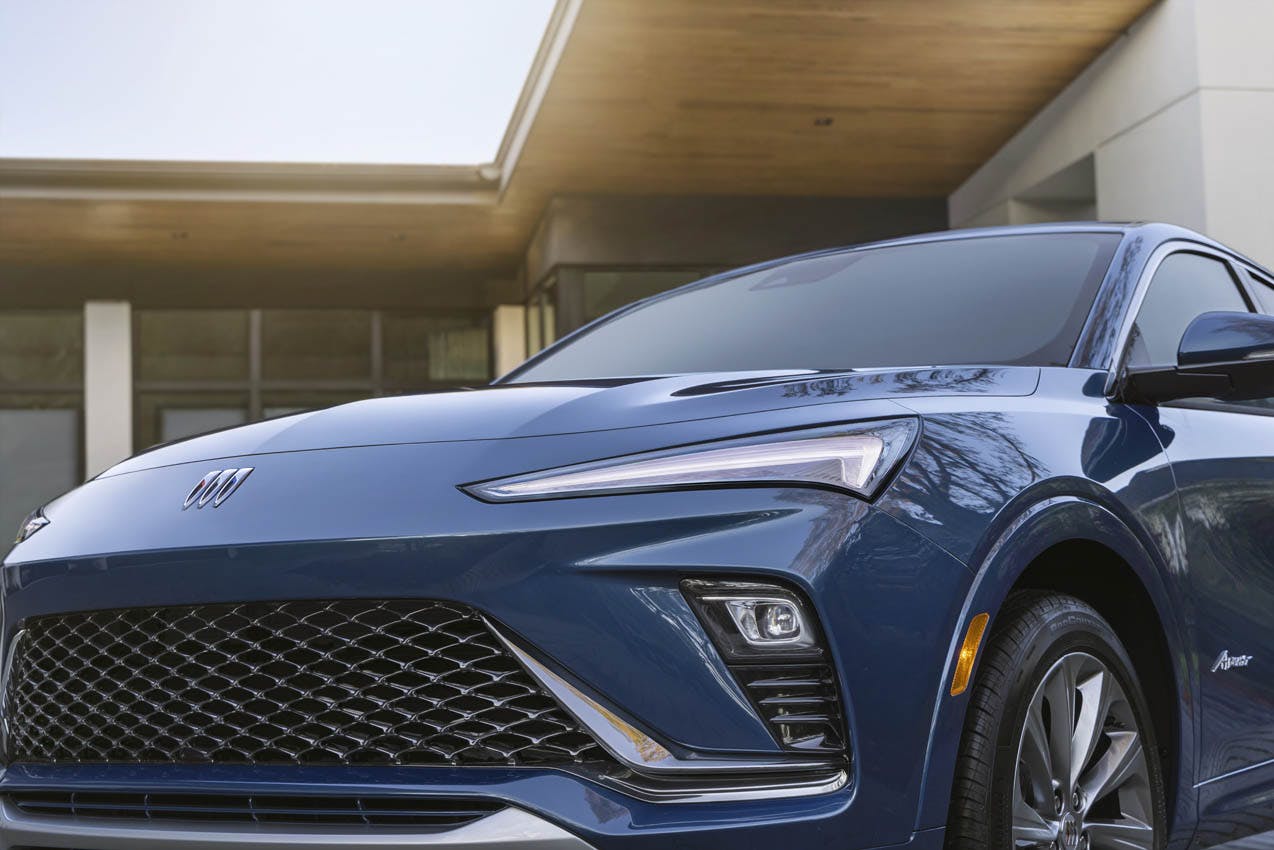
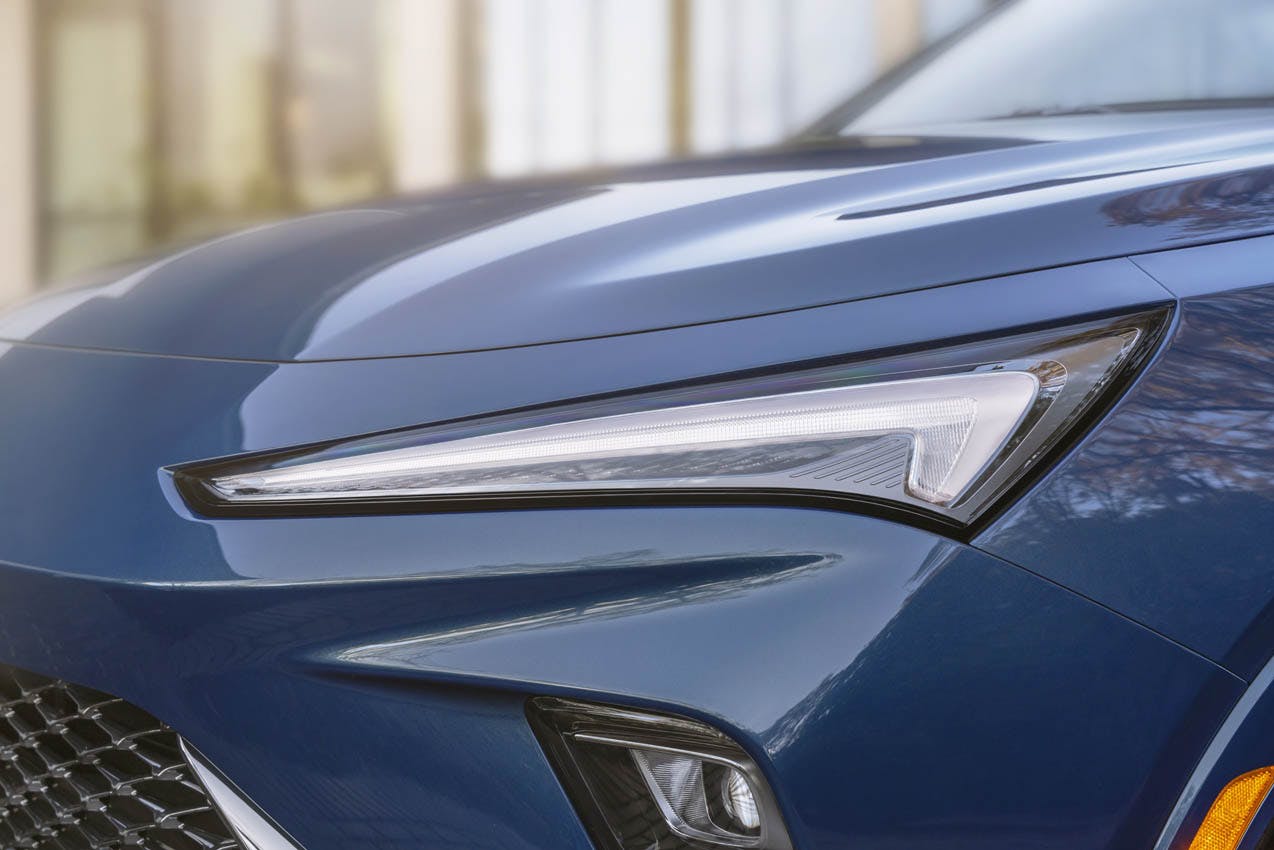


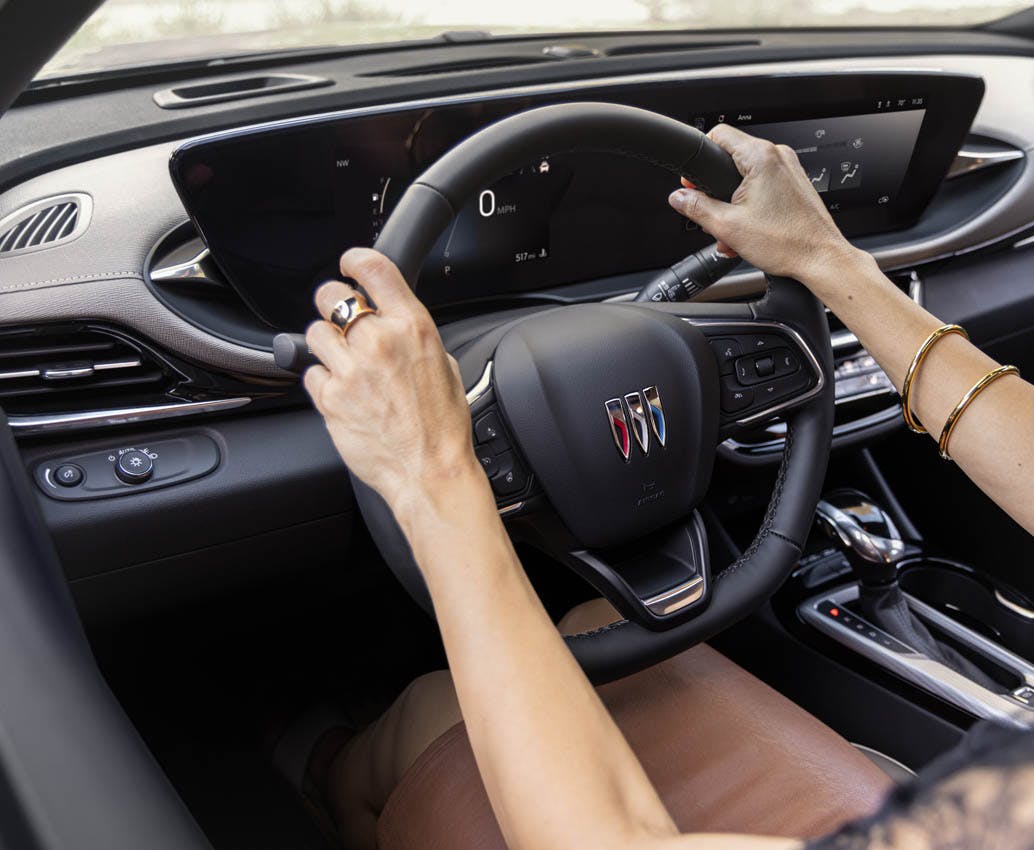
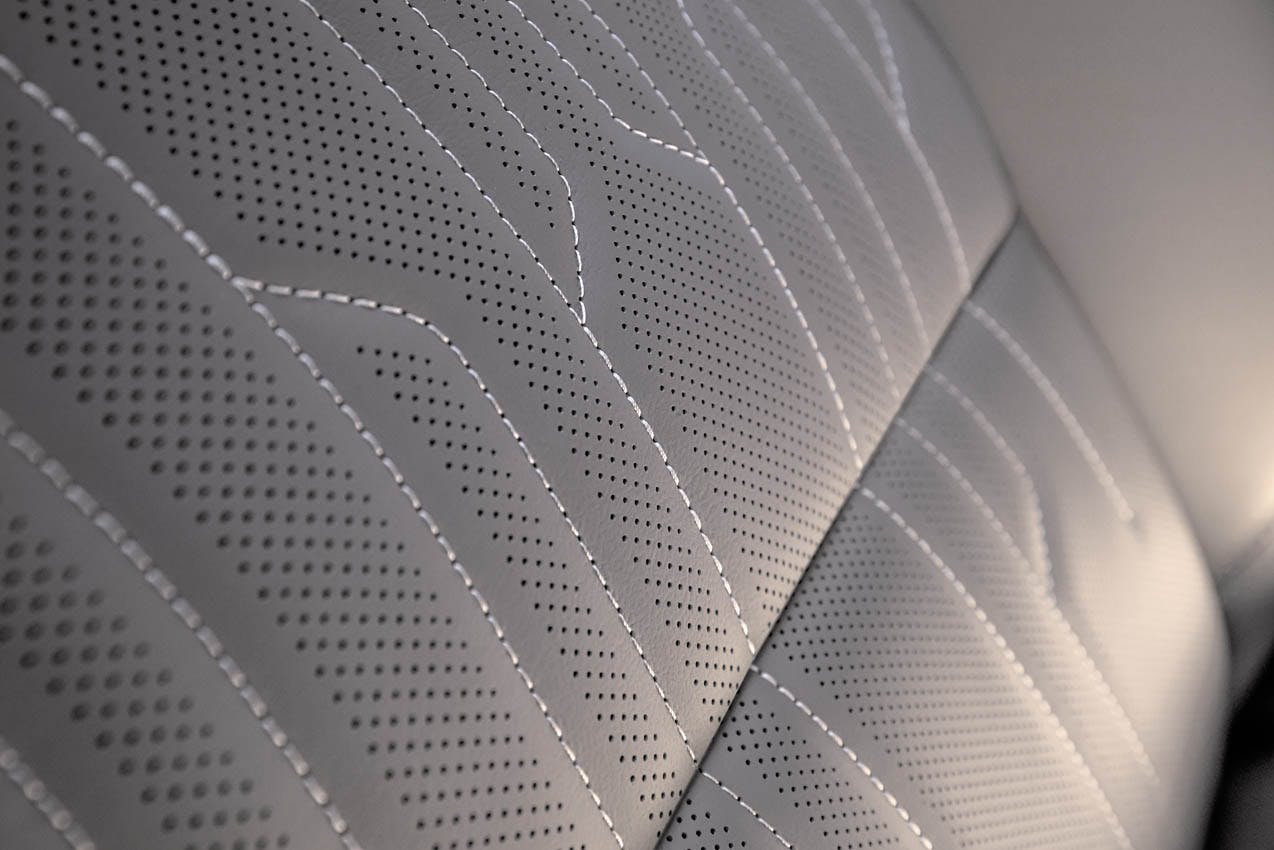

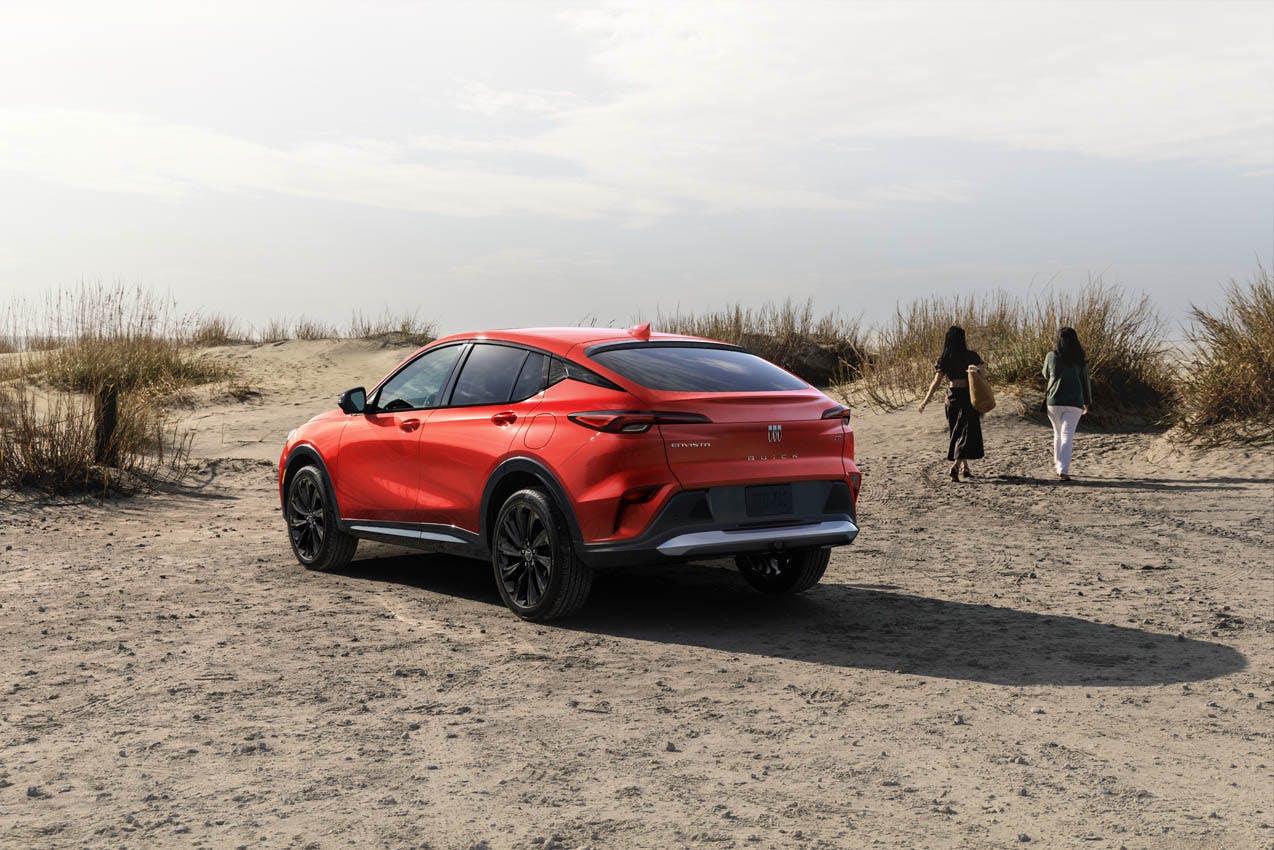
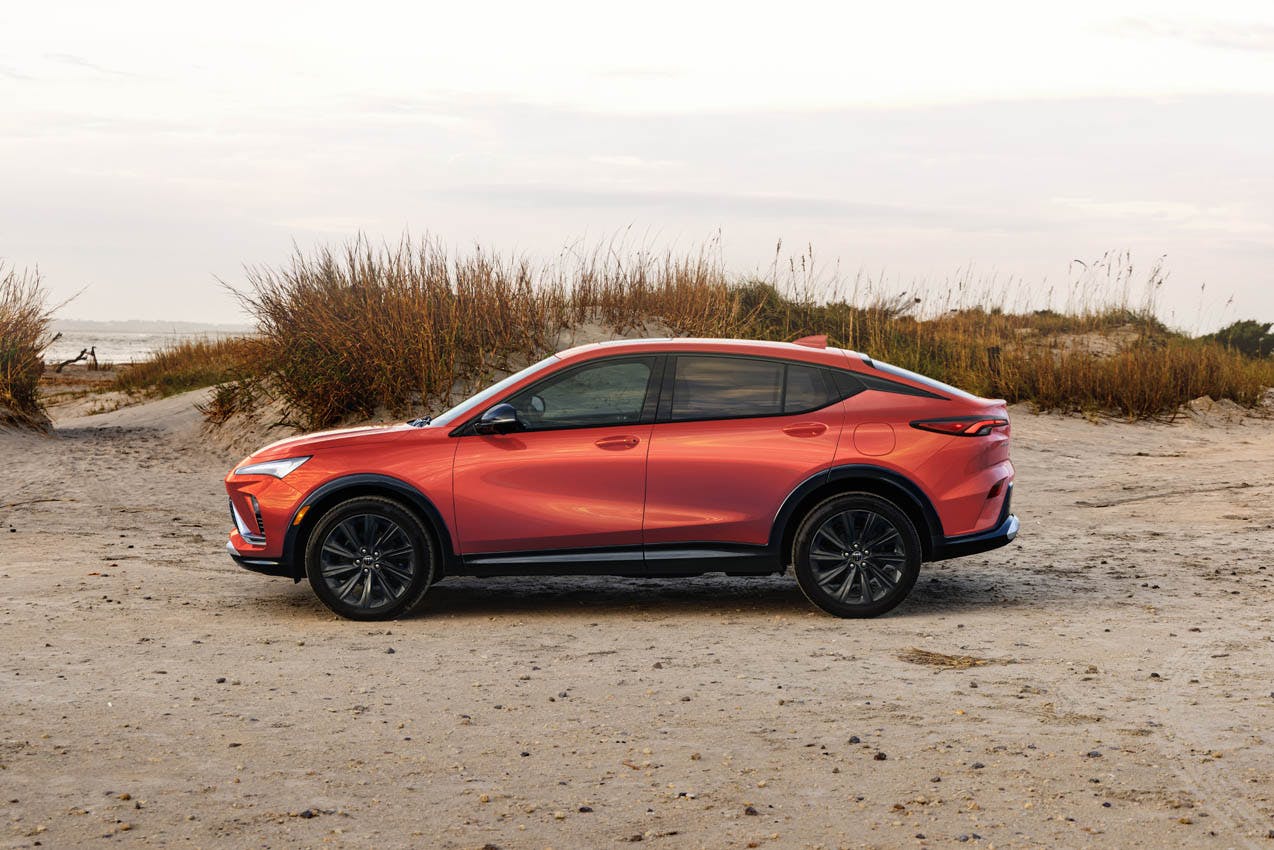

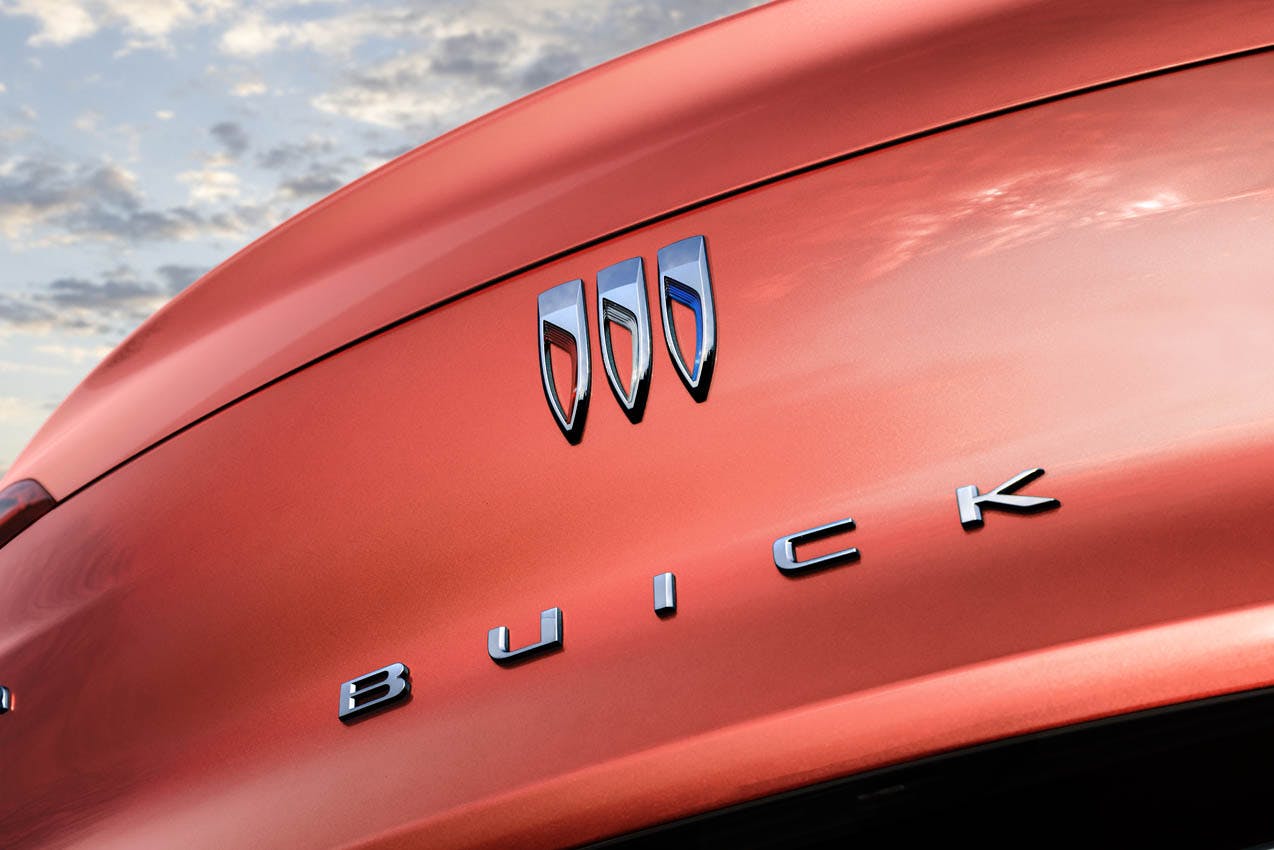
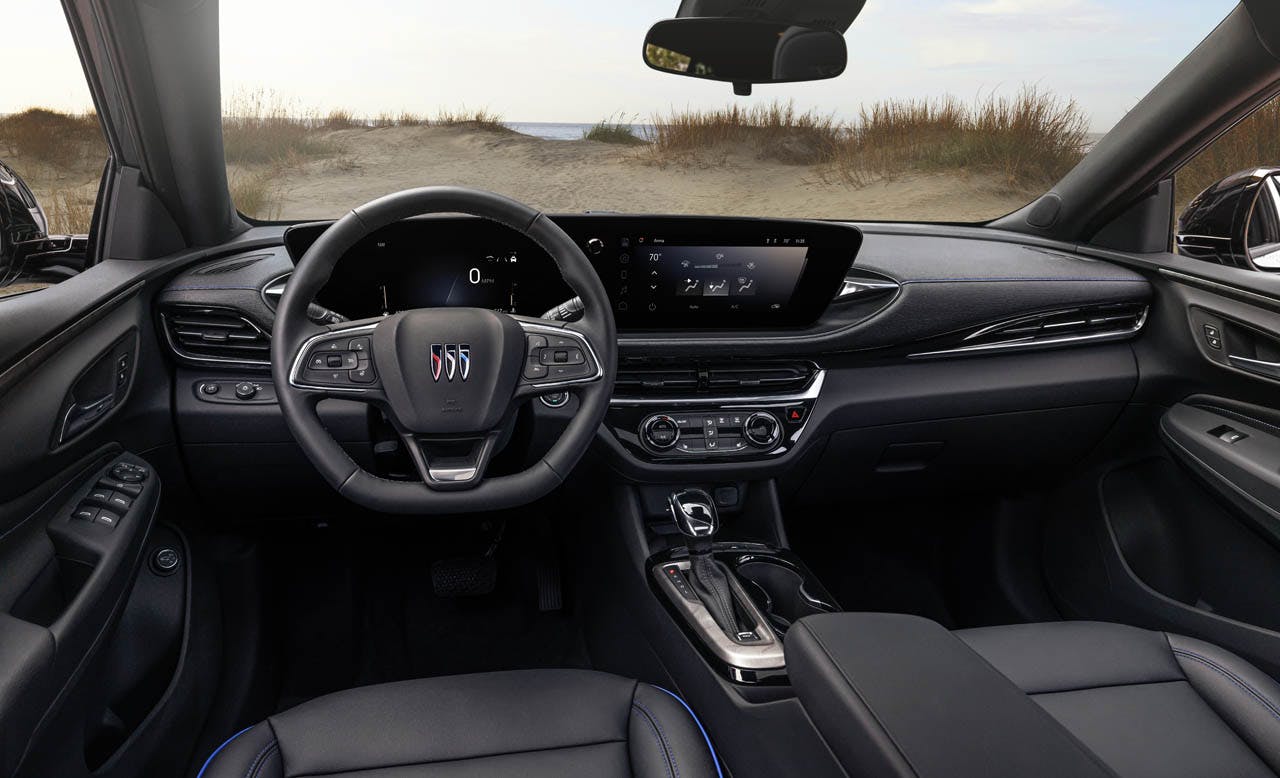
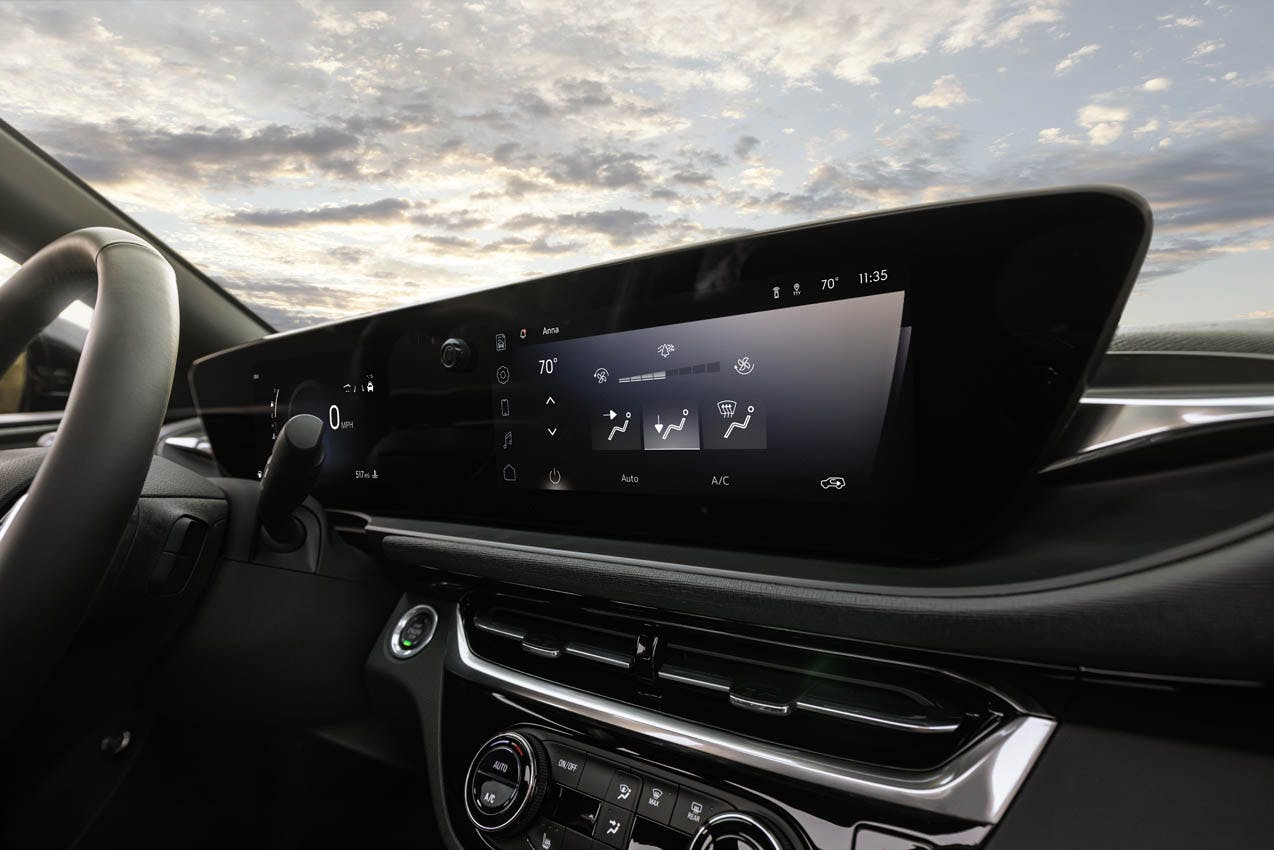
































































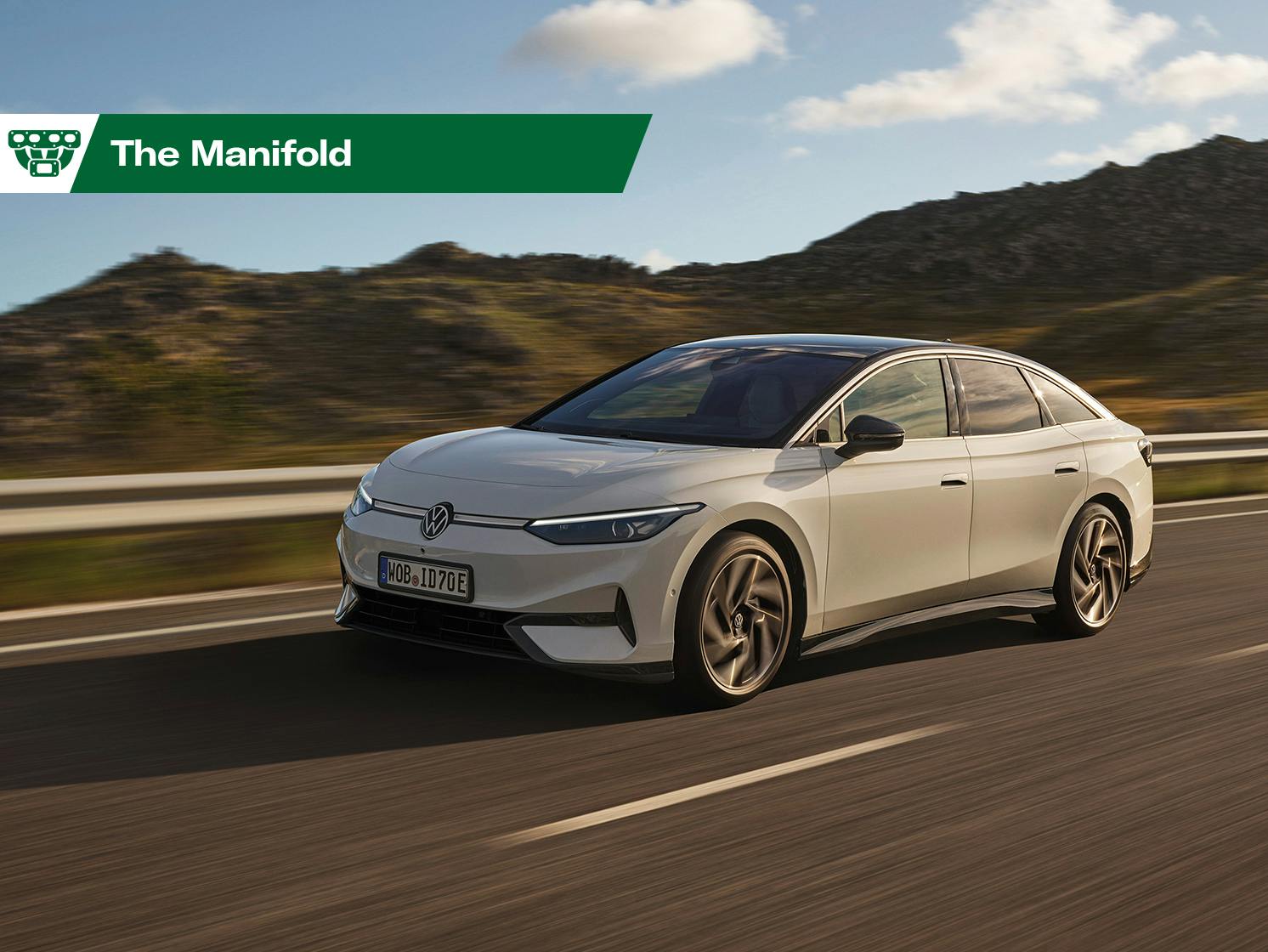
ID.7 price? Heated and cooled seats, heated steering wheel, pano-glass roof so the A/C works harder are among the oprtions one supposedly cannot live without. At the same time cars get more expensive and heavier because of these and other options and the extra batteries to extend the range. Sort of like heating tea to brew it, adding ice to cool it, adding lemon to make it sour and sugar to make it sweet. No company seems to grasp the idea of a very basic car with minimal options and weight to get a lower initial cost and extend the range by deleting all the wallet and battery draining geegaws. Or is it like the situation where builders don’t want to build smaller, more affordable houses because the “McMansions” make more money?
The McMansion comparison seems apt.
So the ID7 press people tout that “the new air conditioning system boasts interactive smart air vents”. Yeah, that’s exactly what we need. Also, I know I don’t want to address my car to tell it I want to heat the steering wheel. I just want a button. I suppose that’s too much to ask nowadays, as buttons and apparently “classic instruments” are simply too much to ask for. Because reasons.
Another EV with a giant ipad thing on the dash and no buttons for basic functions. Color me bored and uninterested.
Buick Envista, made in China, who would have guessed this was GM’s future.
I have a 2023 Ford F-150 for my company truck. It has large touchscreen and all the safety nannies and cameras. While they are somewhat convenient and helpful while driving during my work day in traffic. I am more than tired of it all by the end of the week. It makes me grateful for my analog cars that I enjoy as my weekend drivers. They have traditional controls, air conditioning and a nice stereo. Their only modern concession is bluetooth to stream music and take a phone call. It is refreshing to my soul to take my old cars out to enjoy and actually “drive.” Another bonus is they were like nothing else on the road when new and even more so now.
So the Buick Envista that looks like a sedan with a hatchback, has a 1.2L I3, and is available only with front wheel drive qualifies as an SUV? What’s Buick been smokin’ ?
Leadsled makes no sense in the context of the article. It refers to heavily customized cars with leaded bodywork. Yes factory cars in the 60s still used a bit of lead (where roof panel seams meet on Impalas I believe) but this isn’t adding the weight like the 50s customs with the intense custom sculpting done with the lead.
—–
I don’t need voice activated anything on my car. I also won’t buy a car with no buttons or switches. I will strive for my next car to have more of these than the recent 2018-2019 models I have experienced that are too much screen needlessly.
Praising dumb gimmicks that will just lead to headaches down the road is not brave journalism. The emperor is naked, call it as it is.
Not surprised that there are complaints about the Buick (I’m not interested SUVs/Crossovers), but that’s what Americans buy these days. Sigh… But a Buick with NO PORT HOLES? That’s the greatest sacrilege.
Riders take additional note: the cagers/four whellers don’t see you either. Ride as if you’re invisible. Because you are.